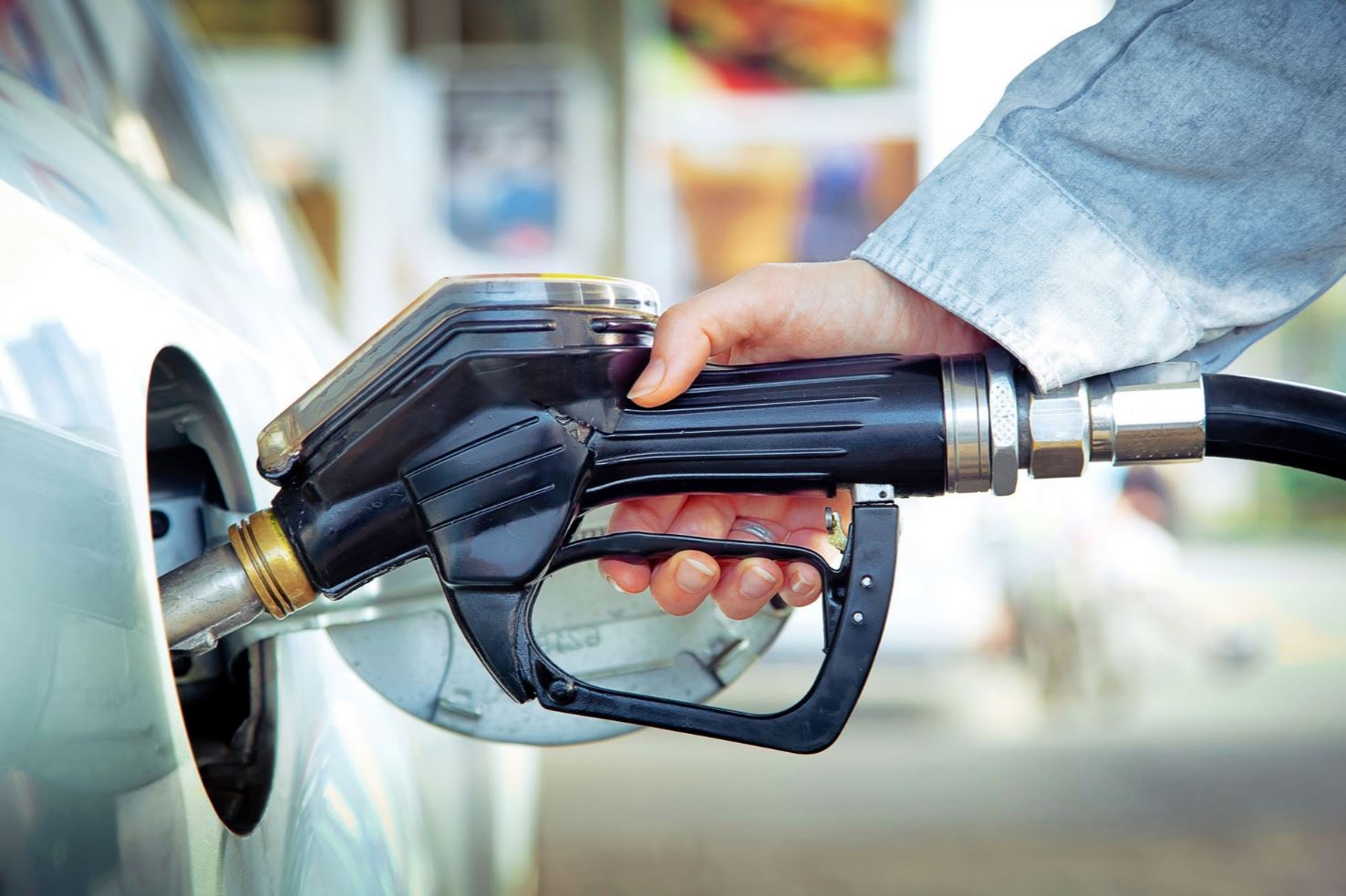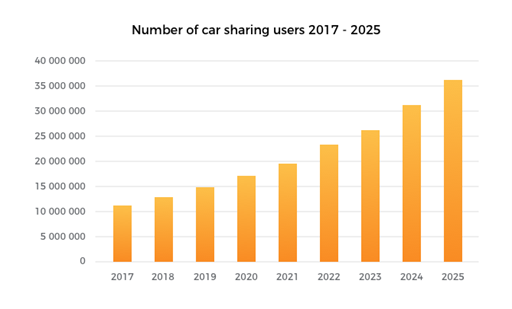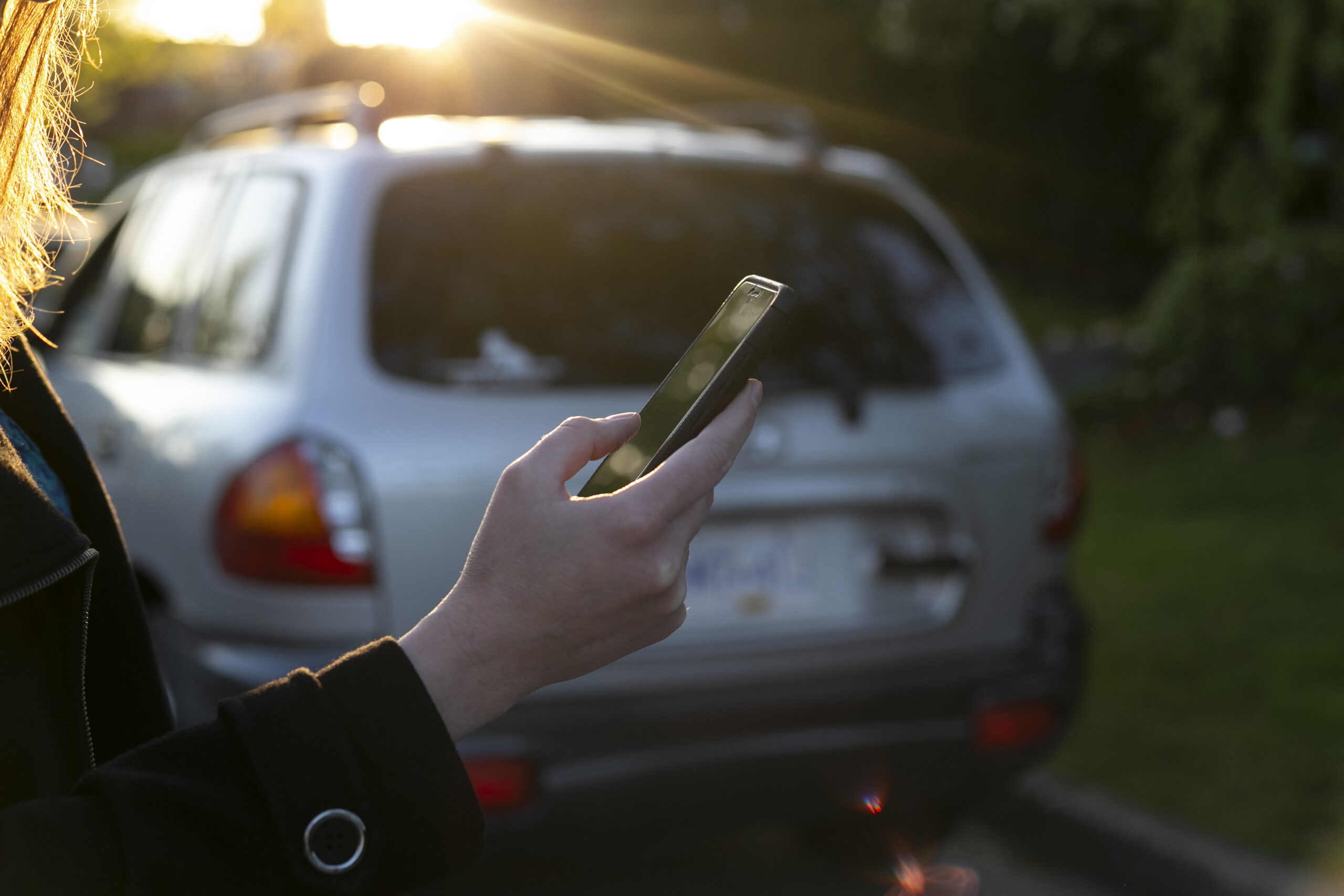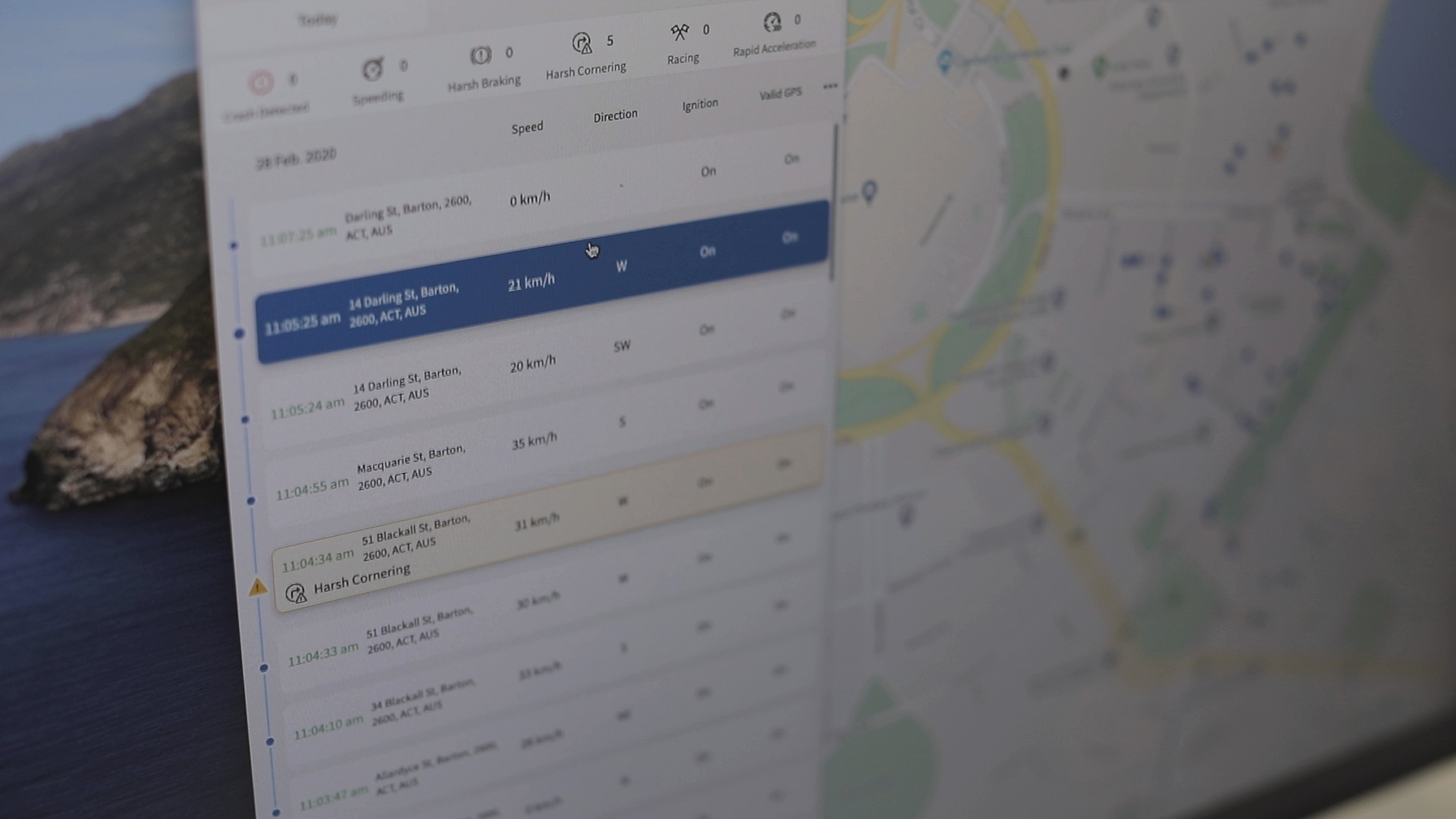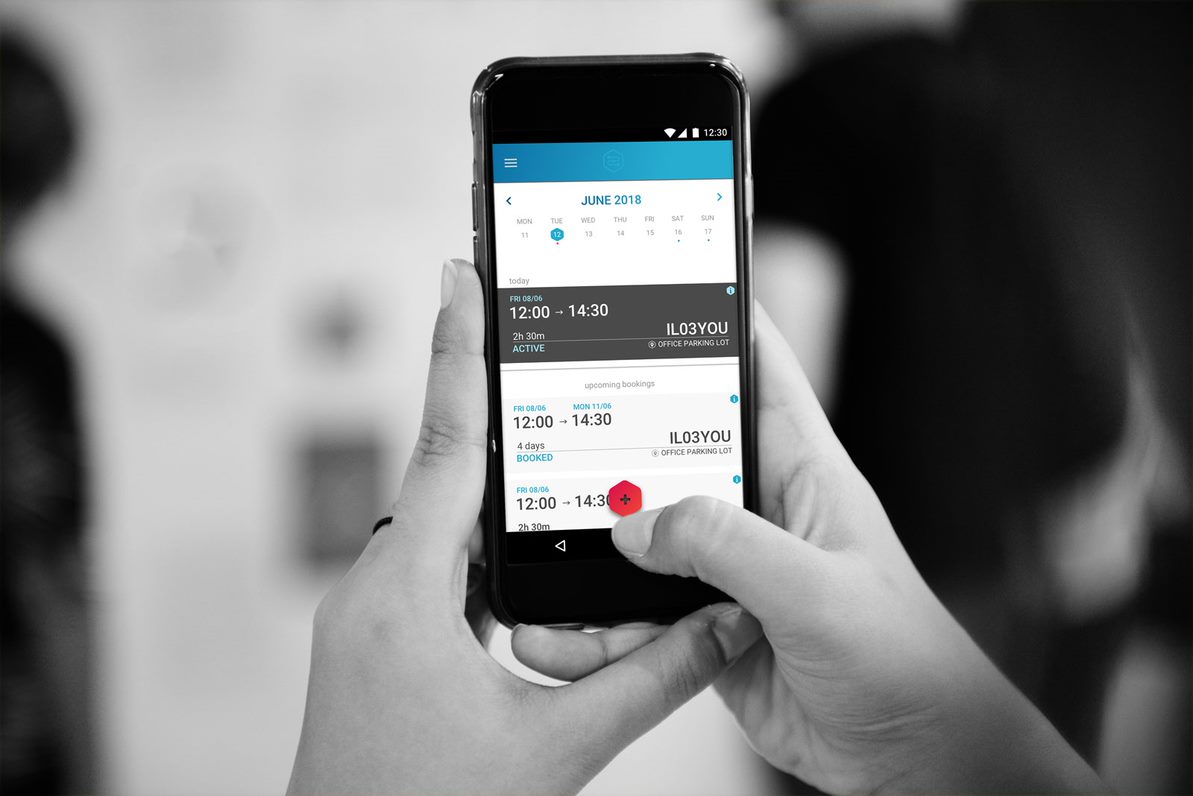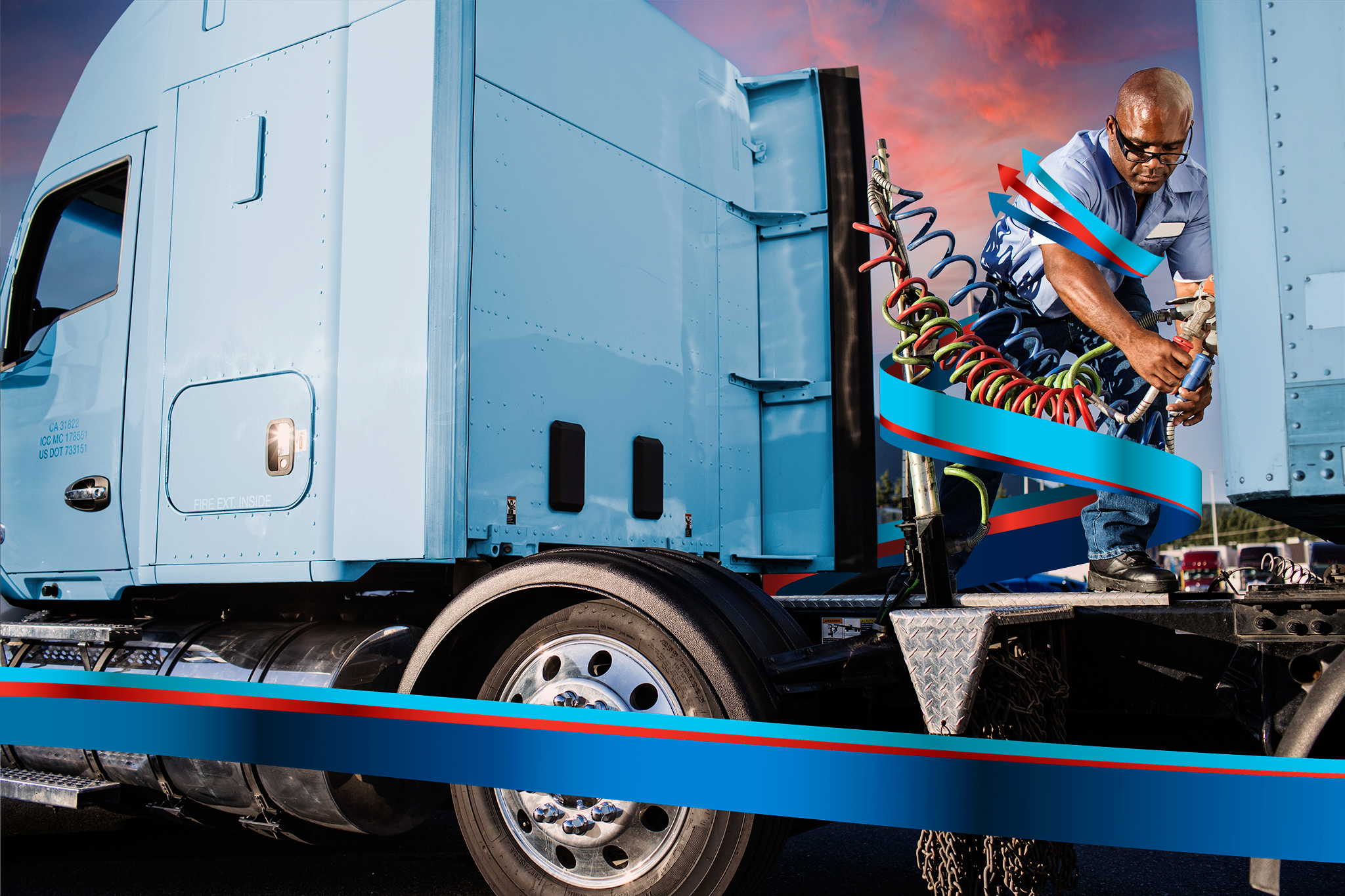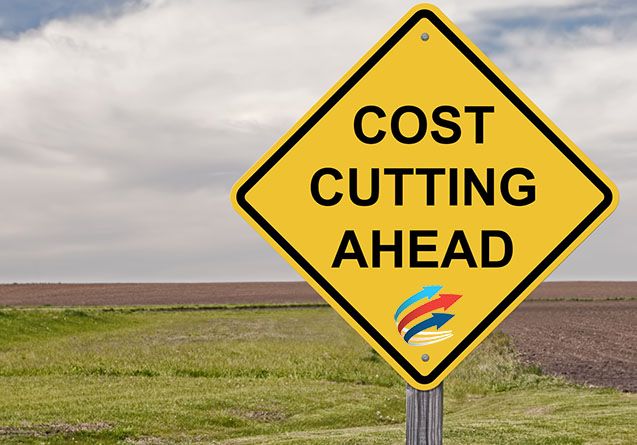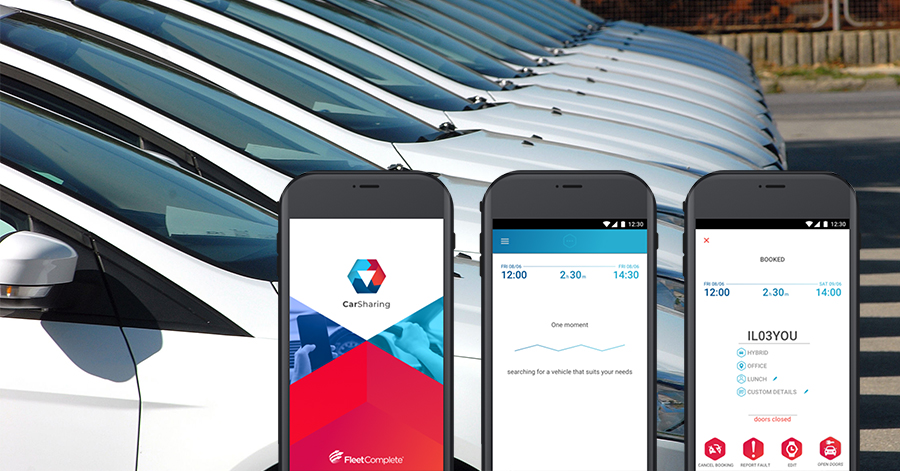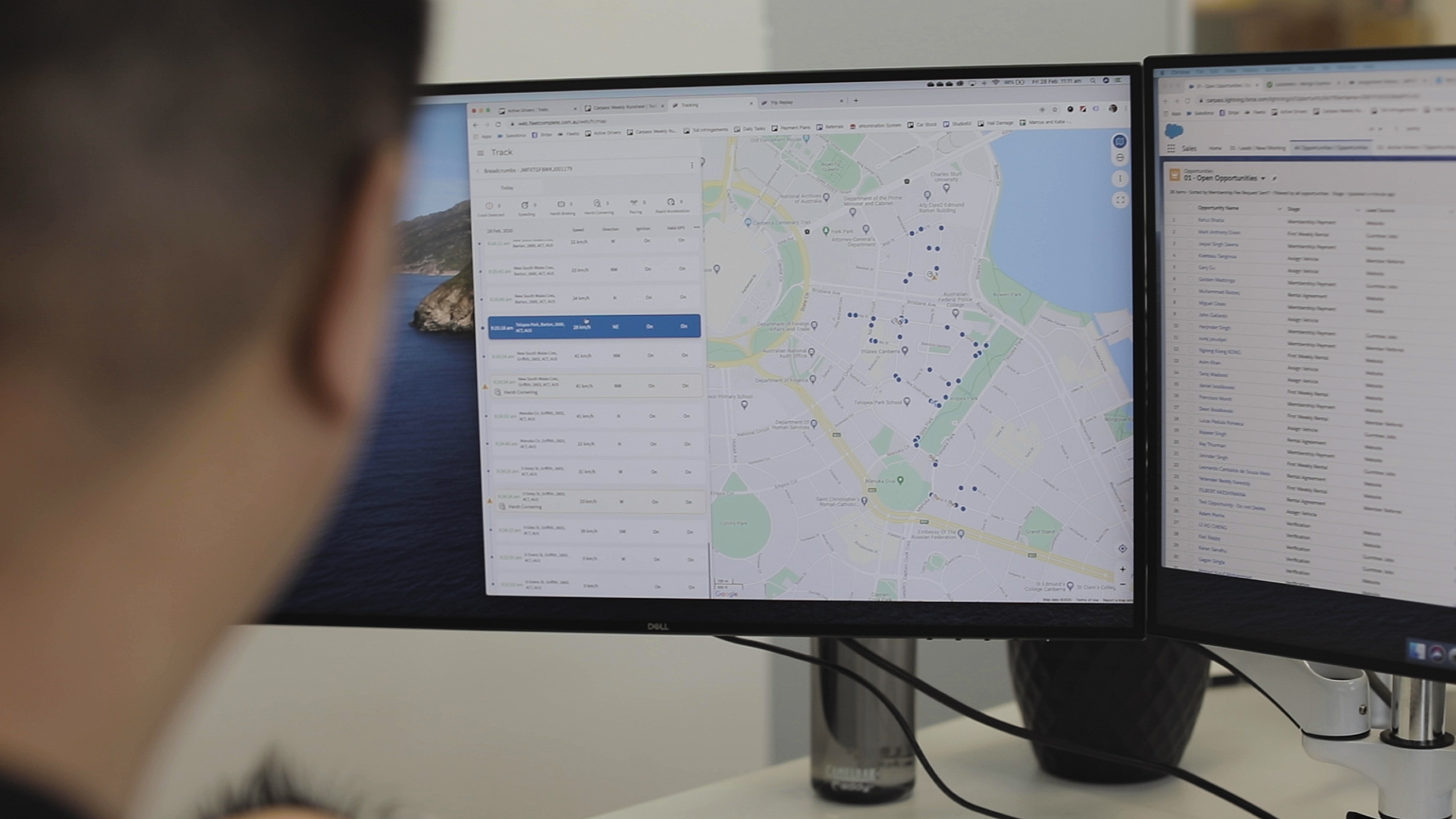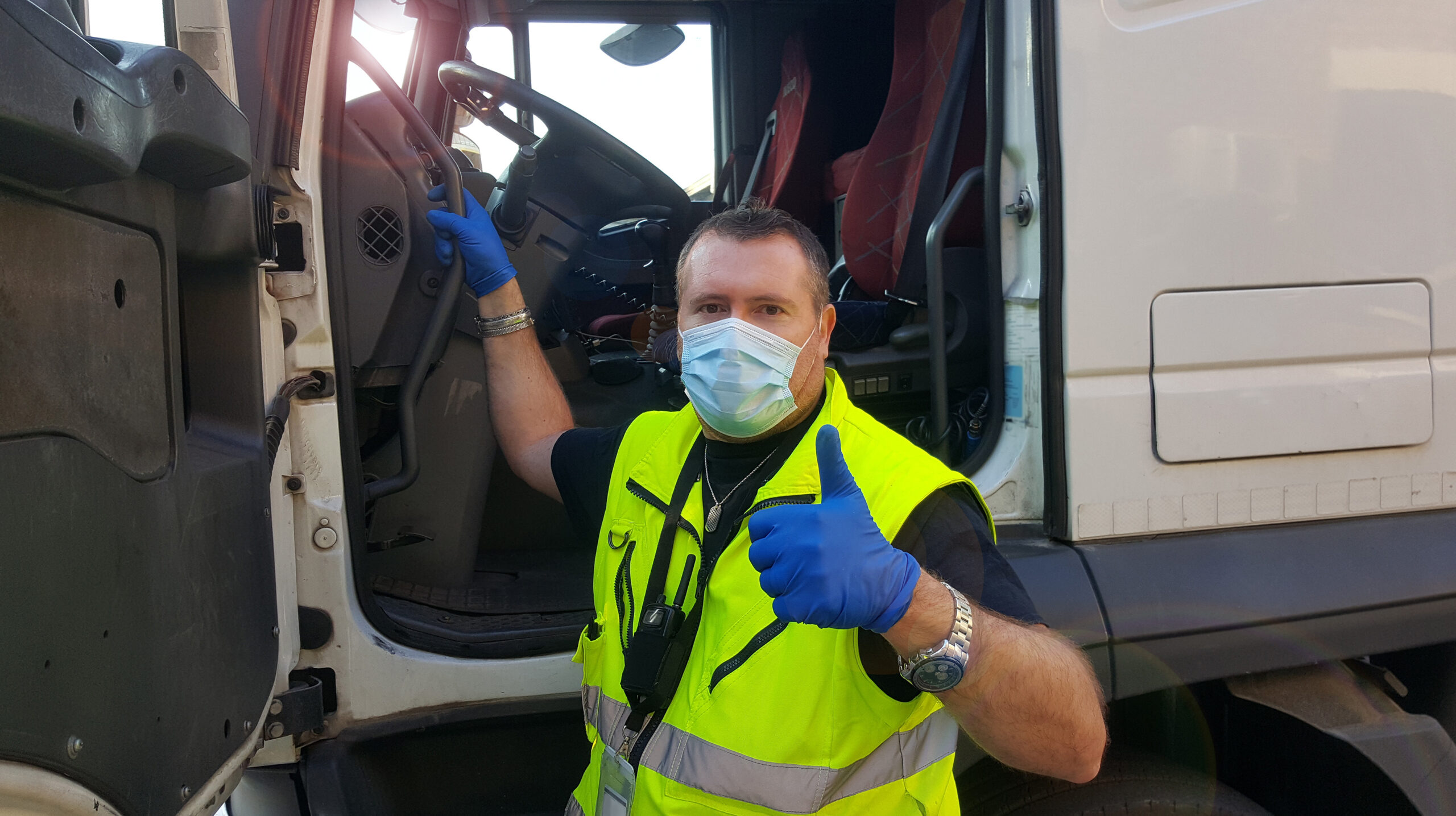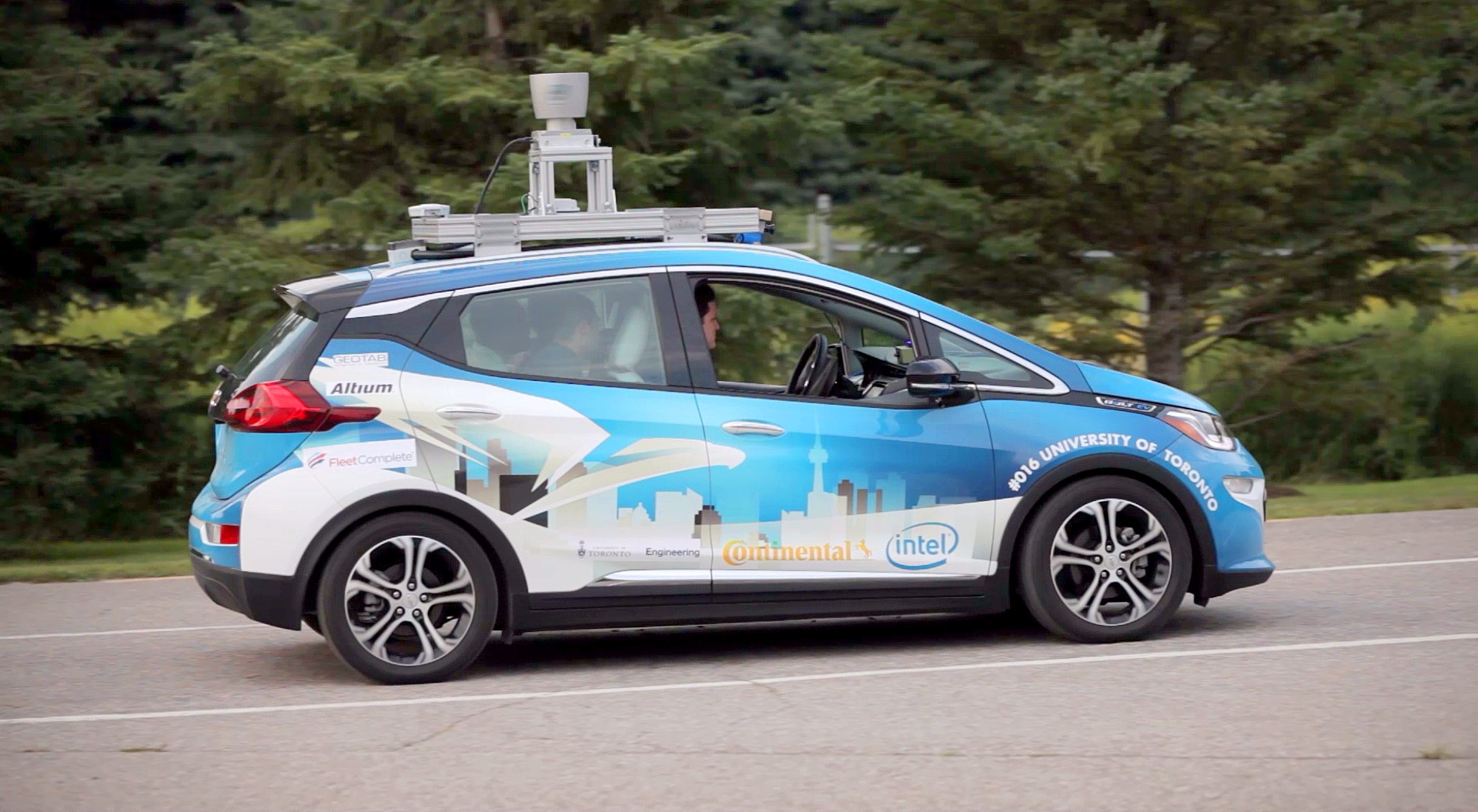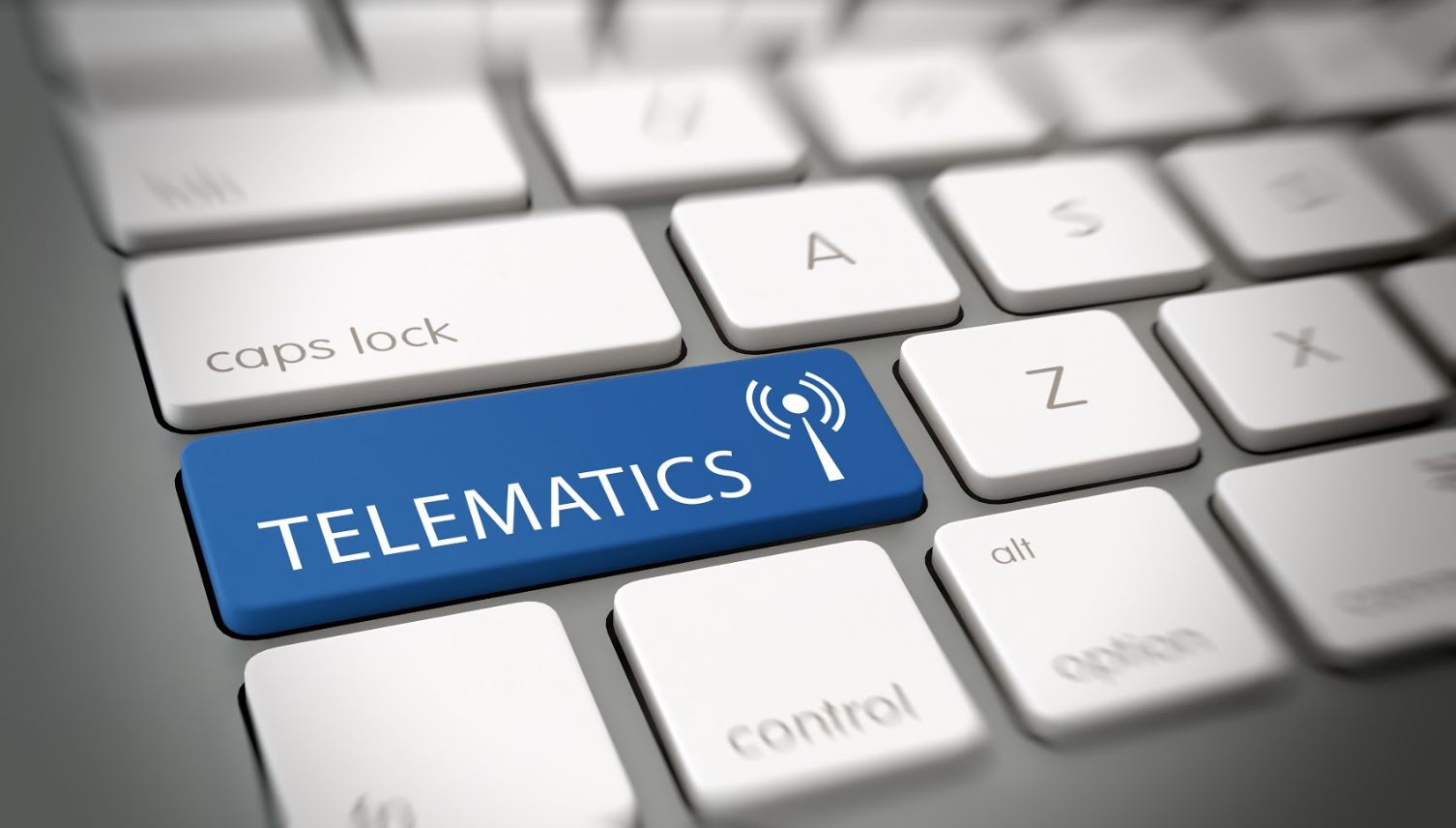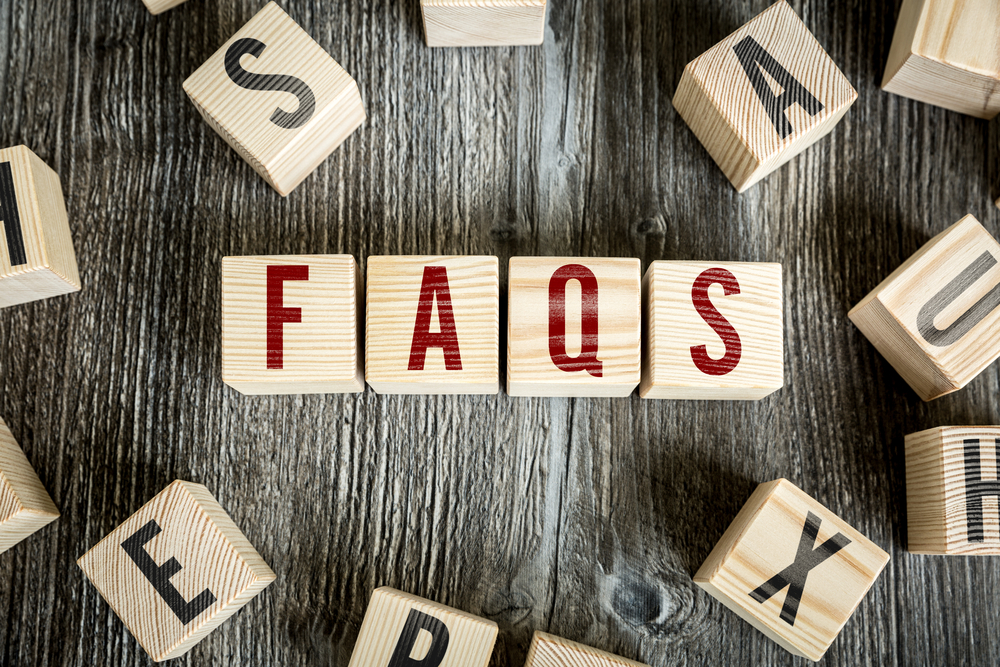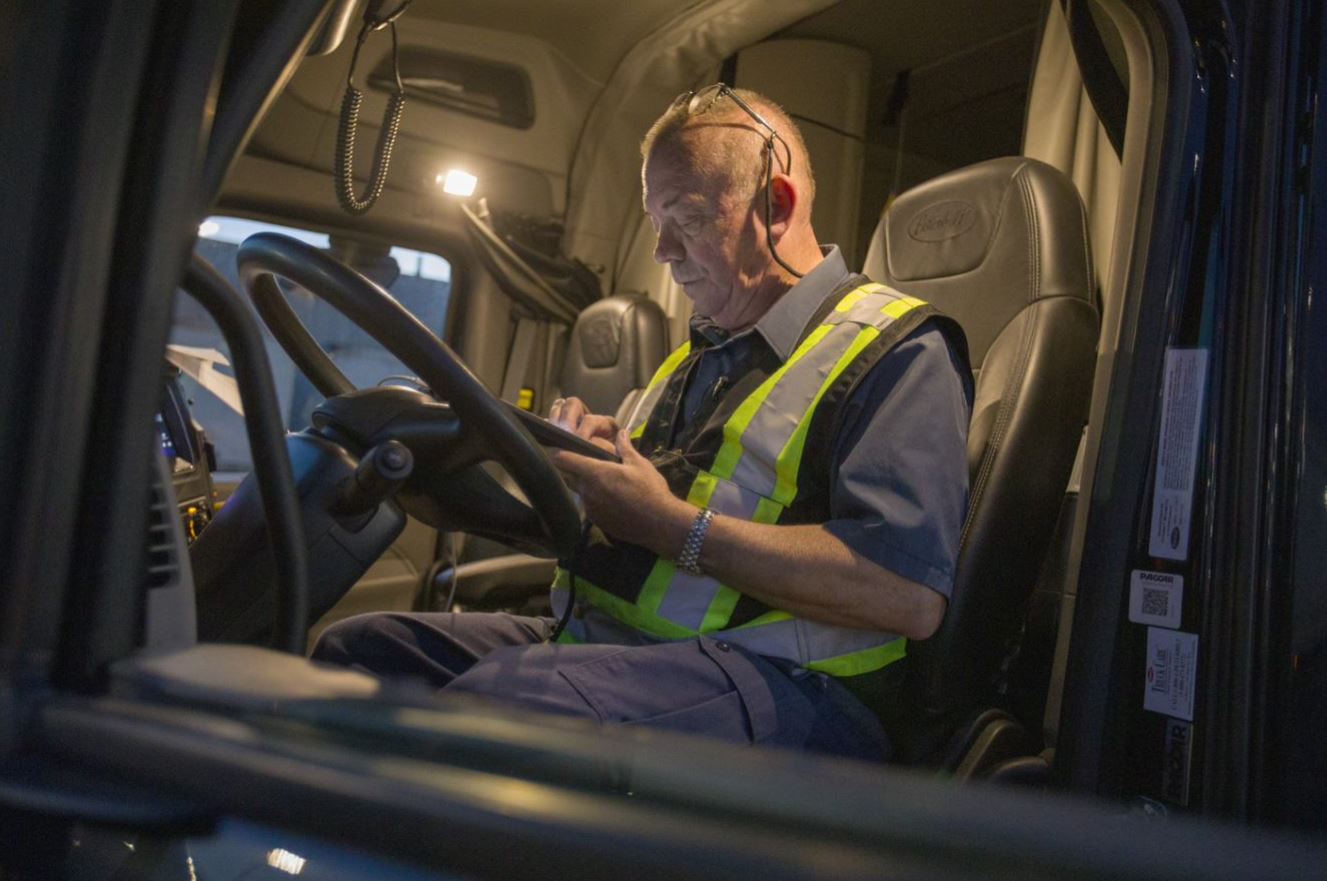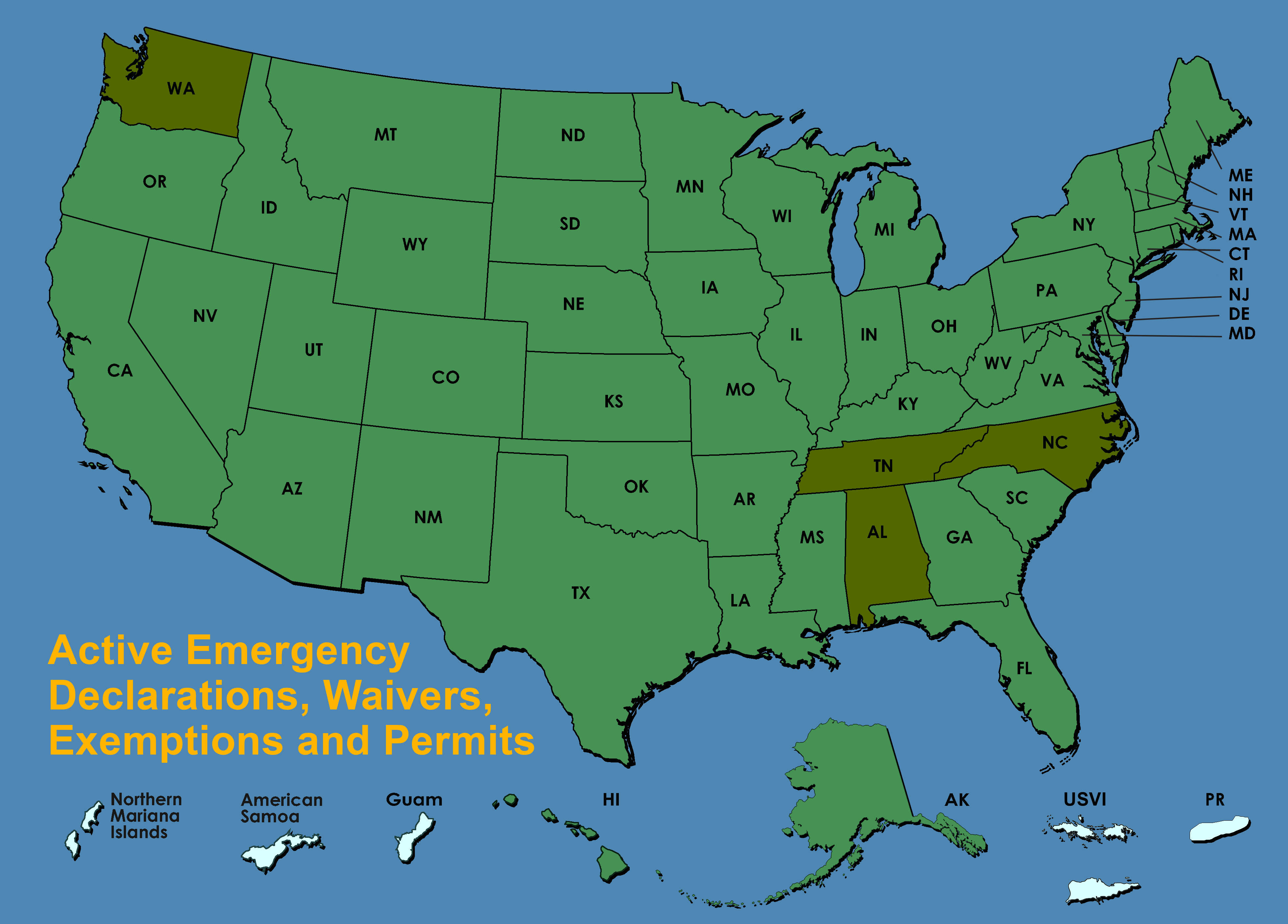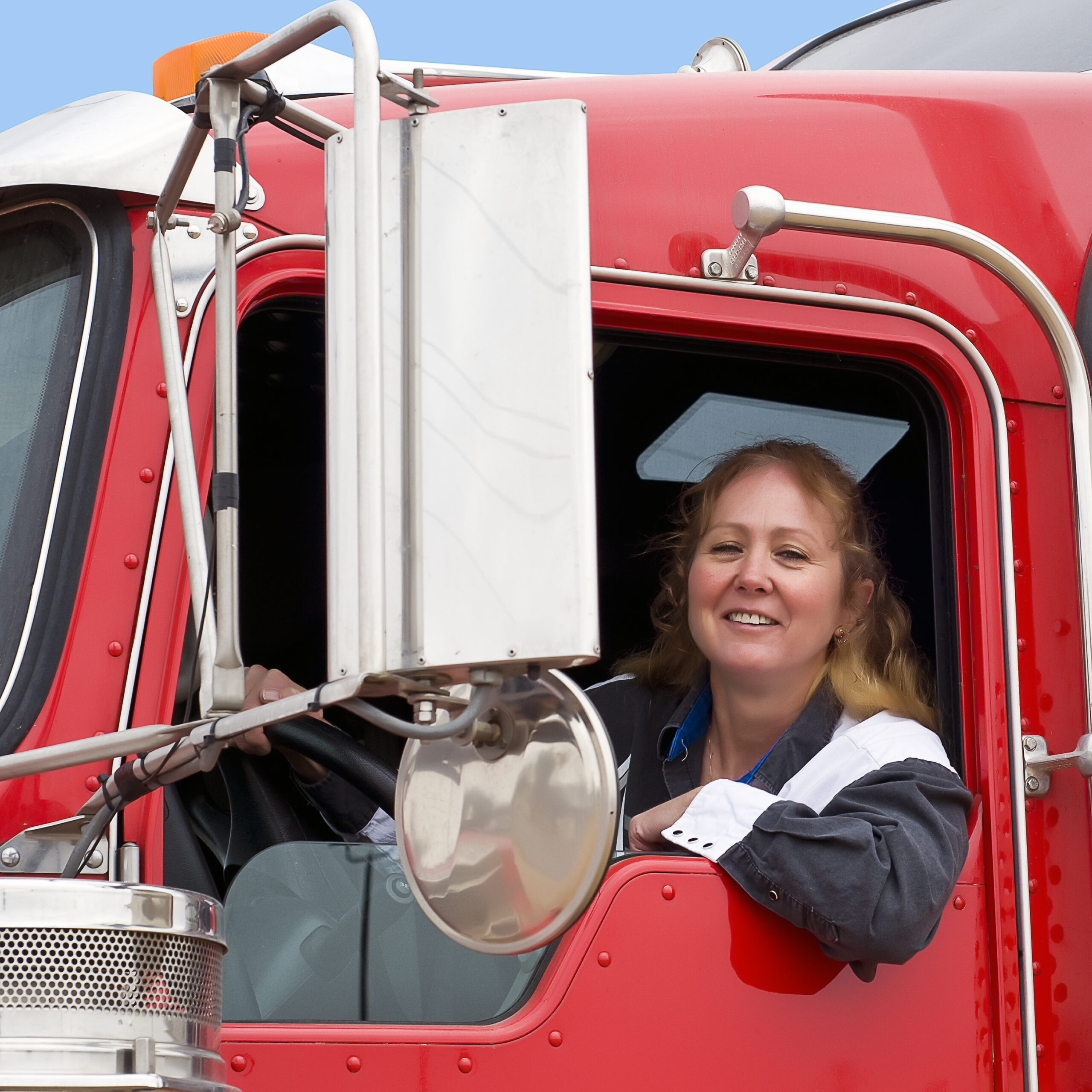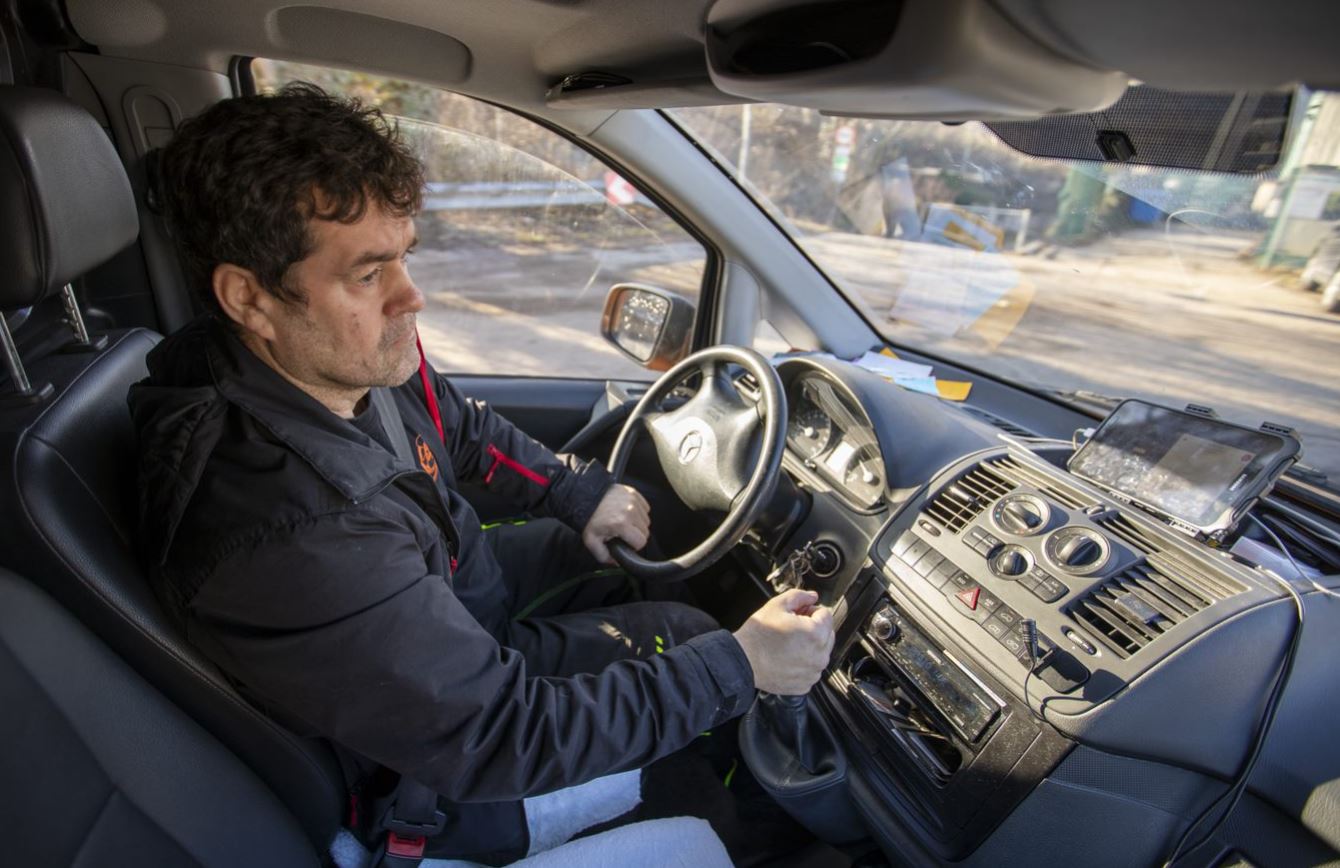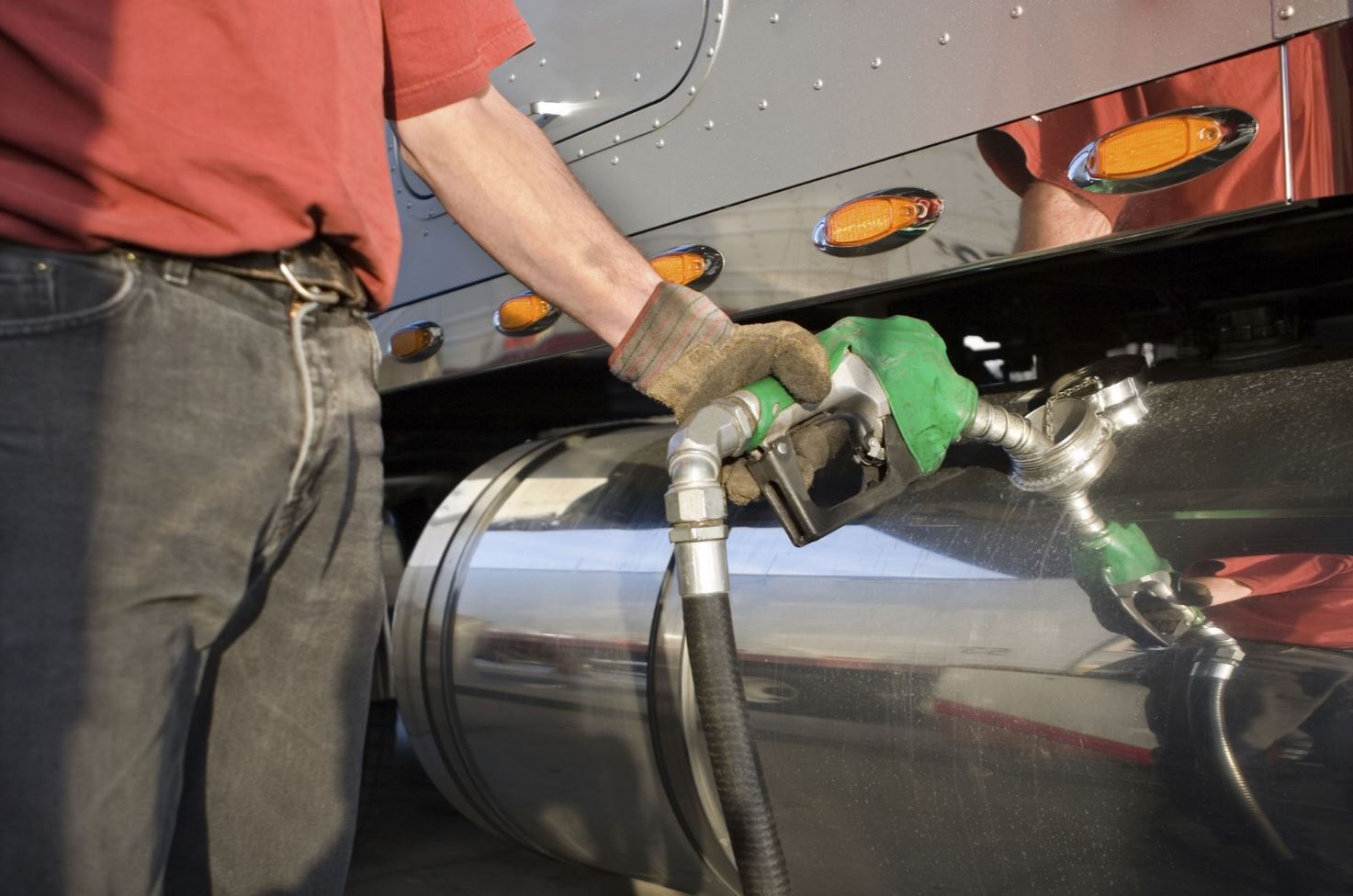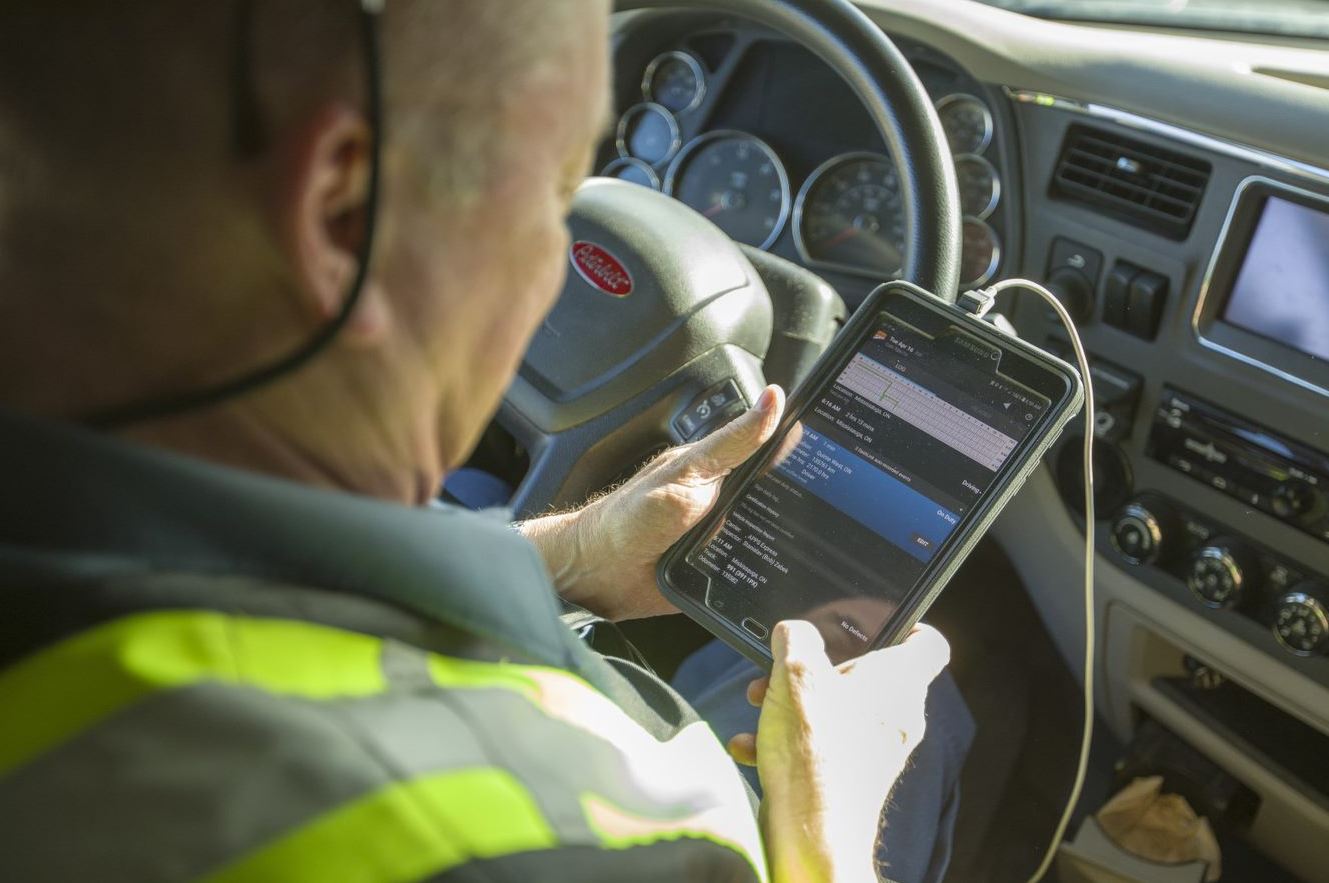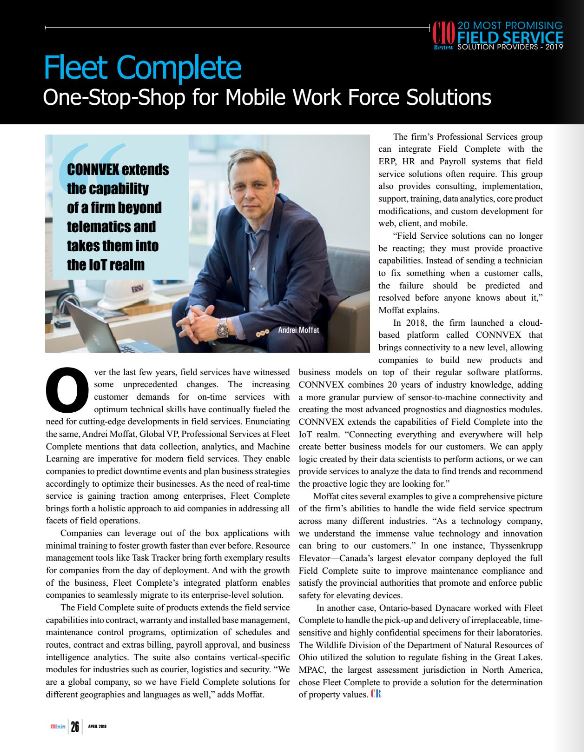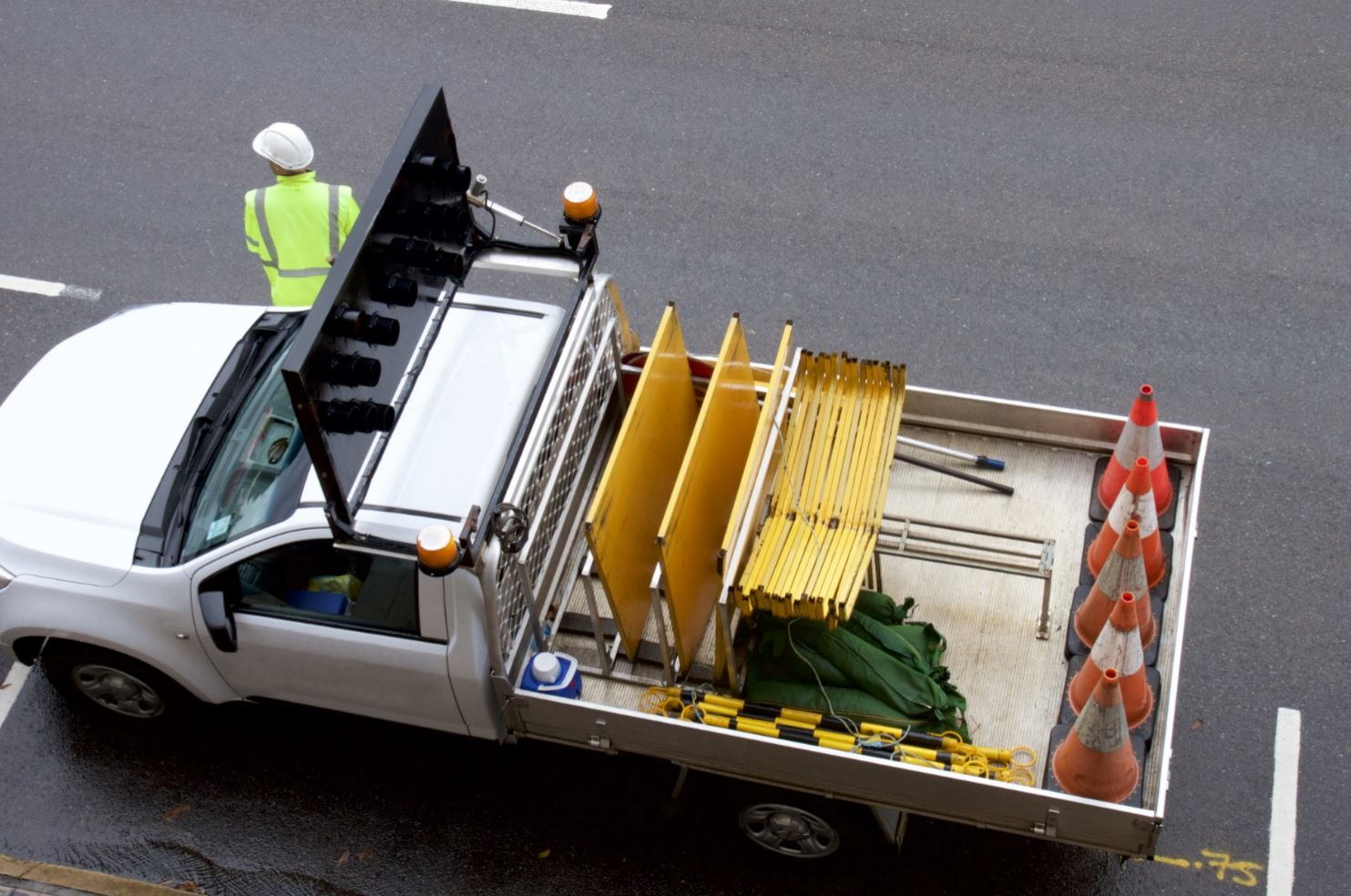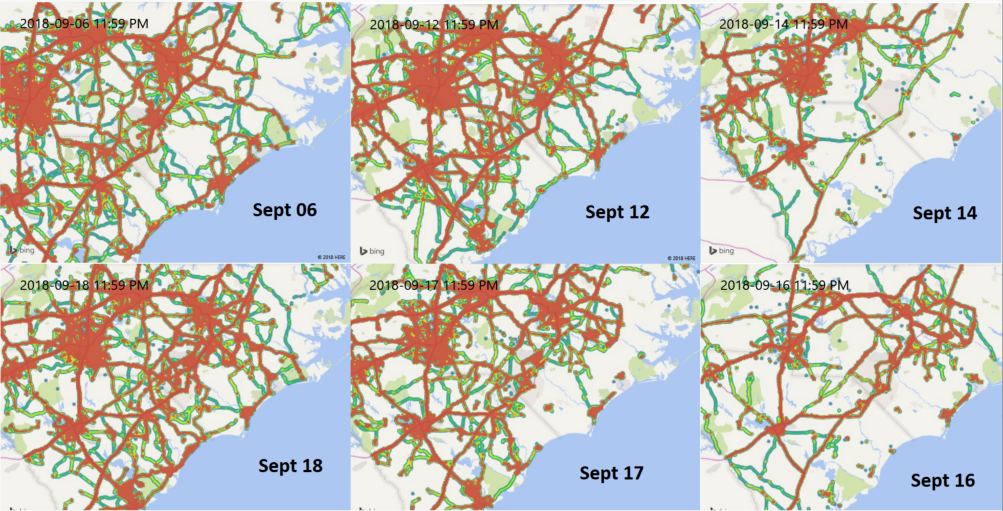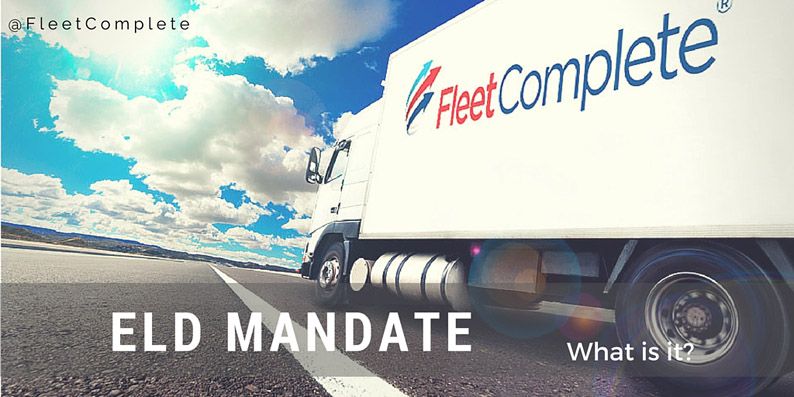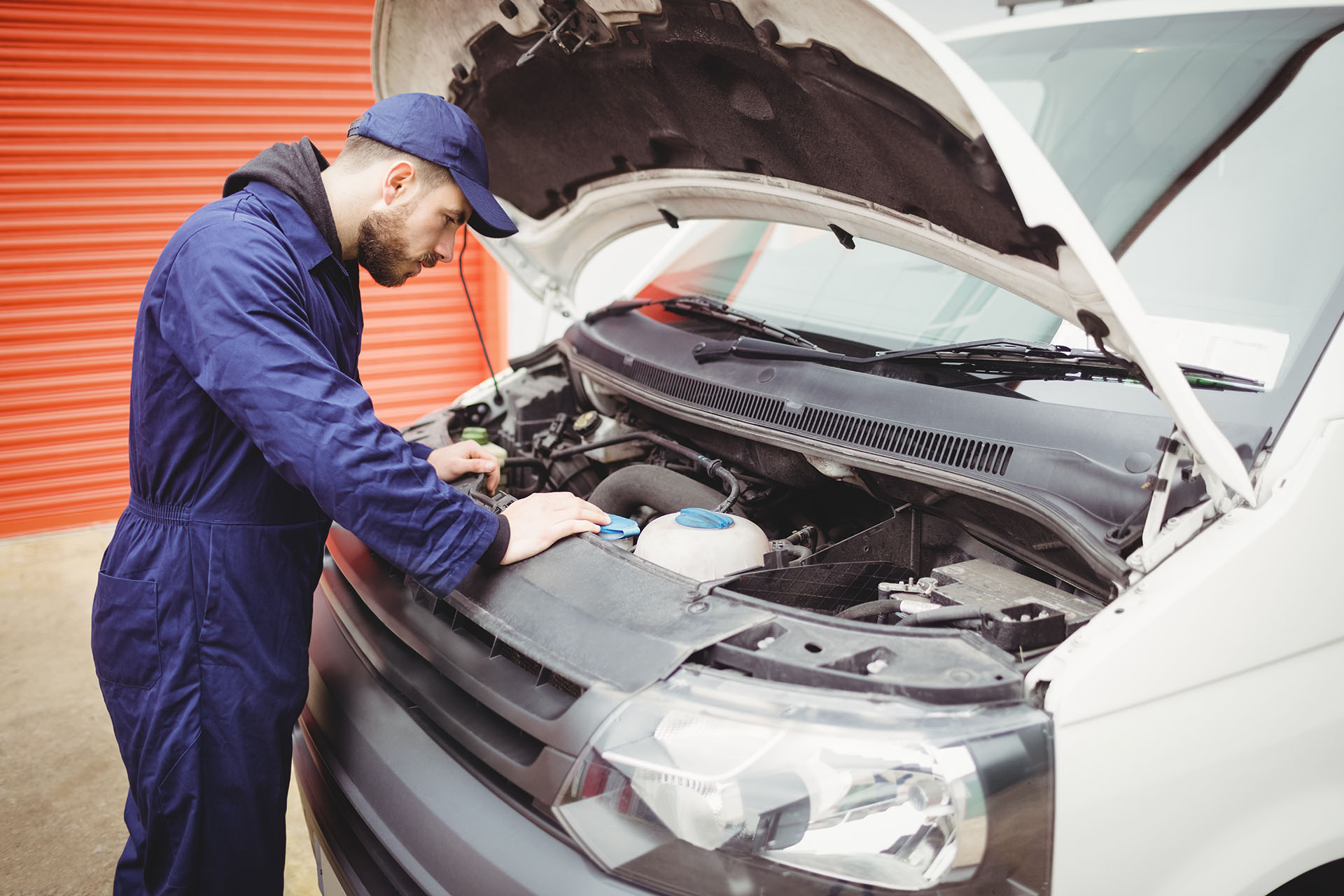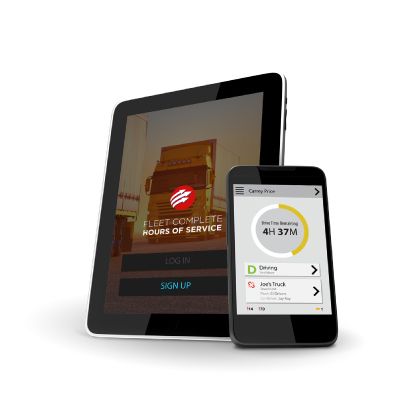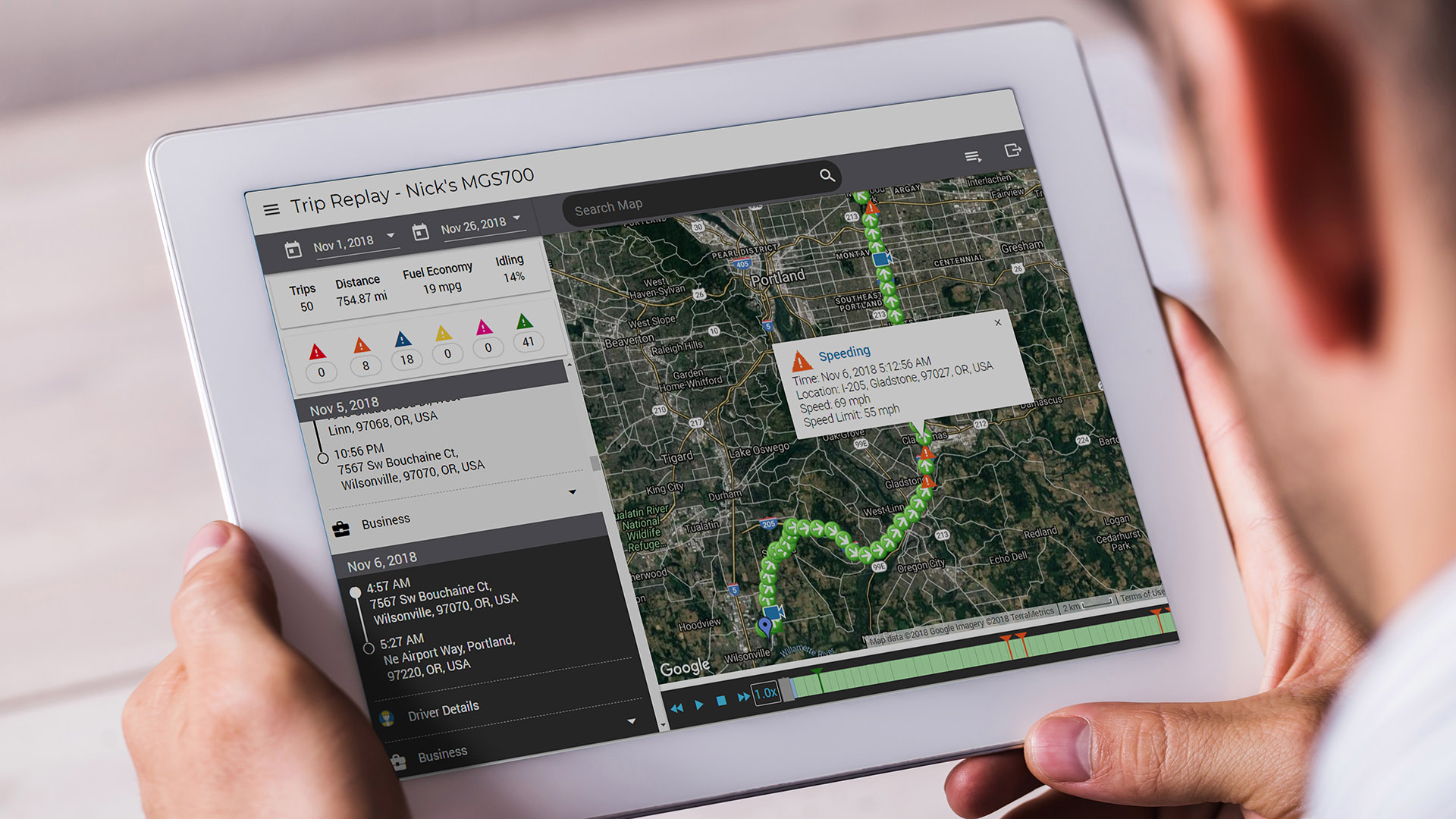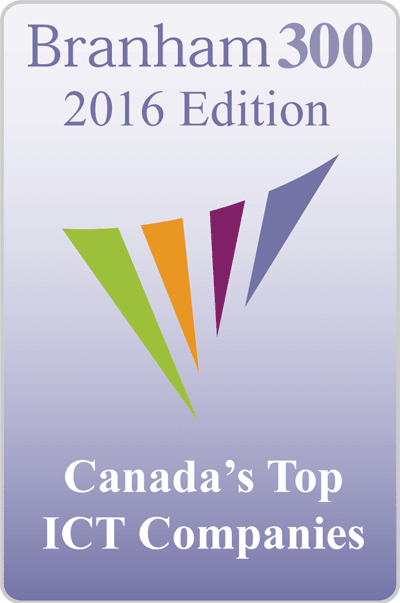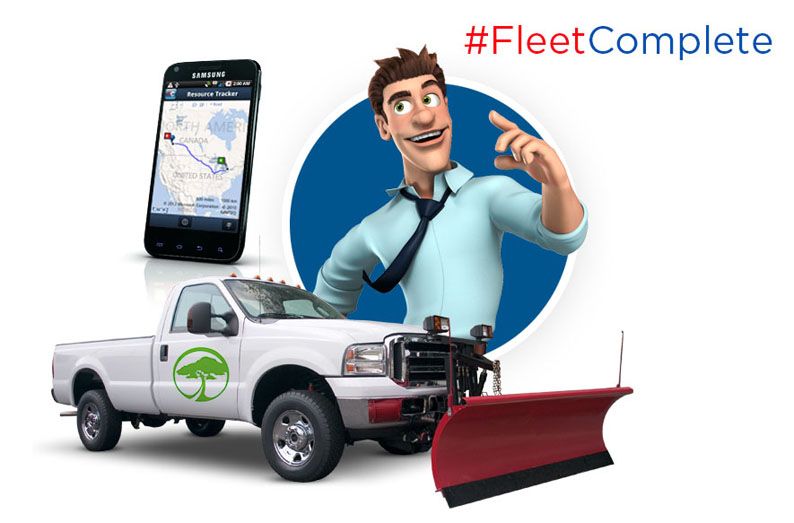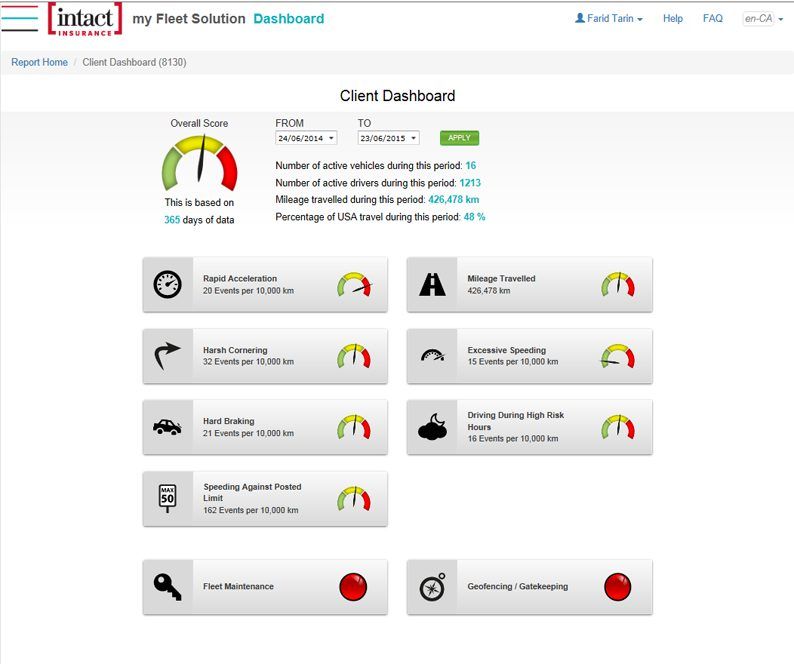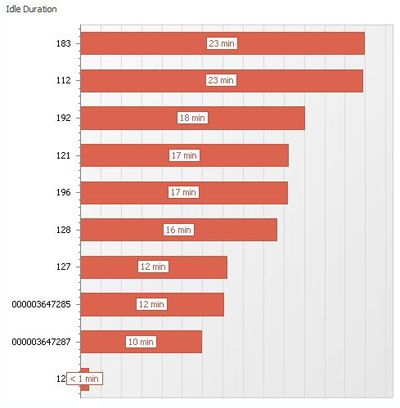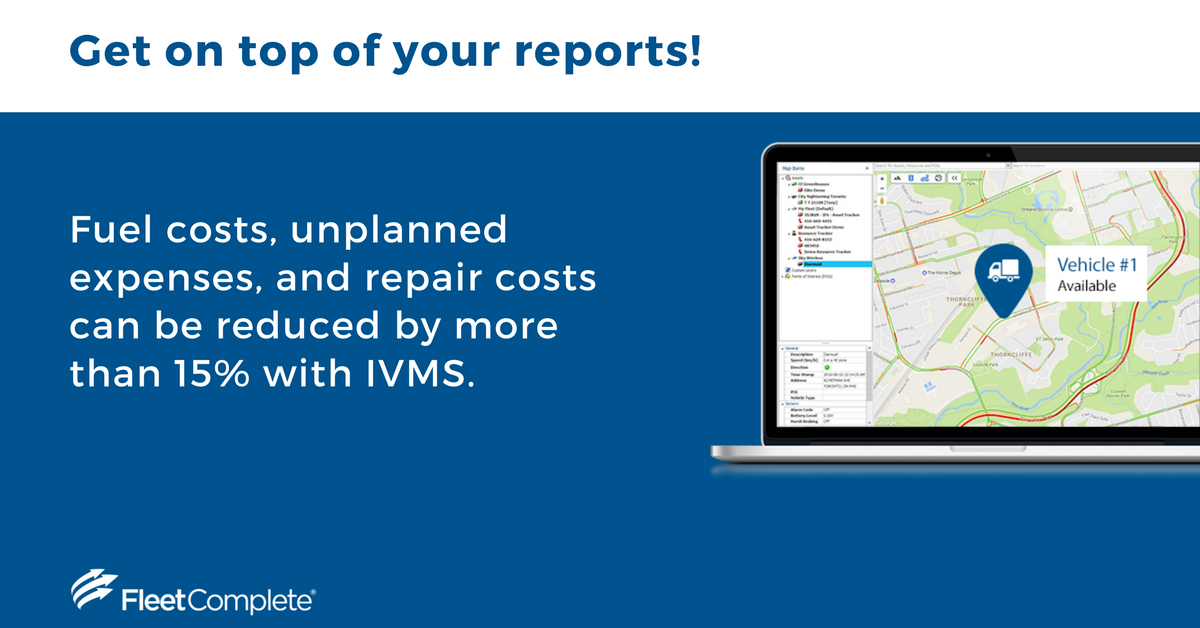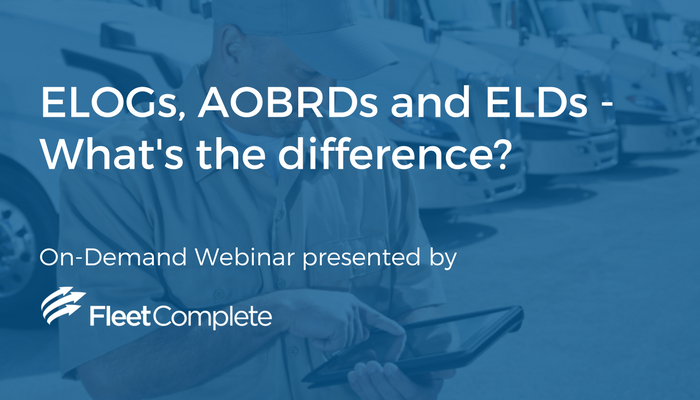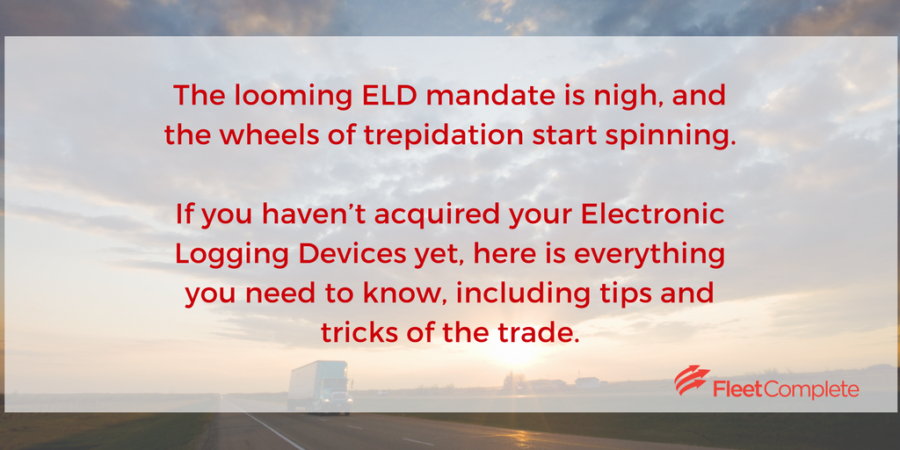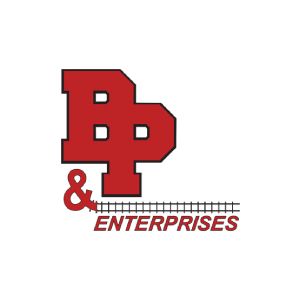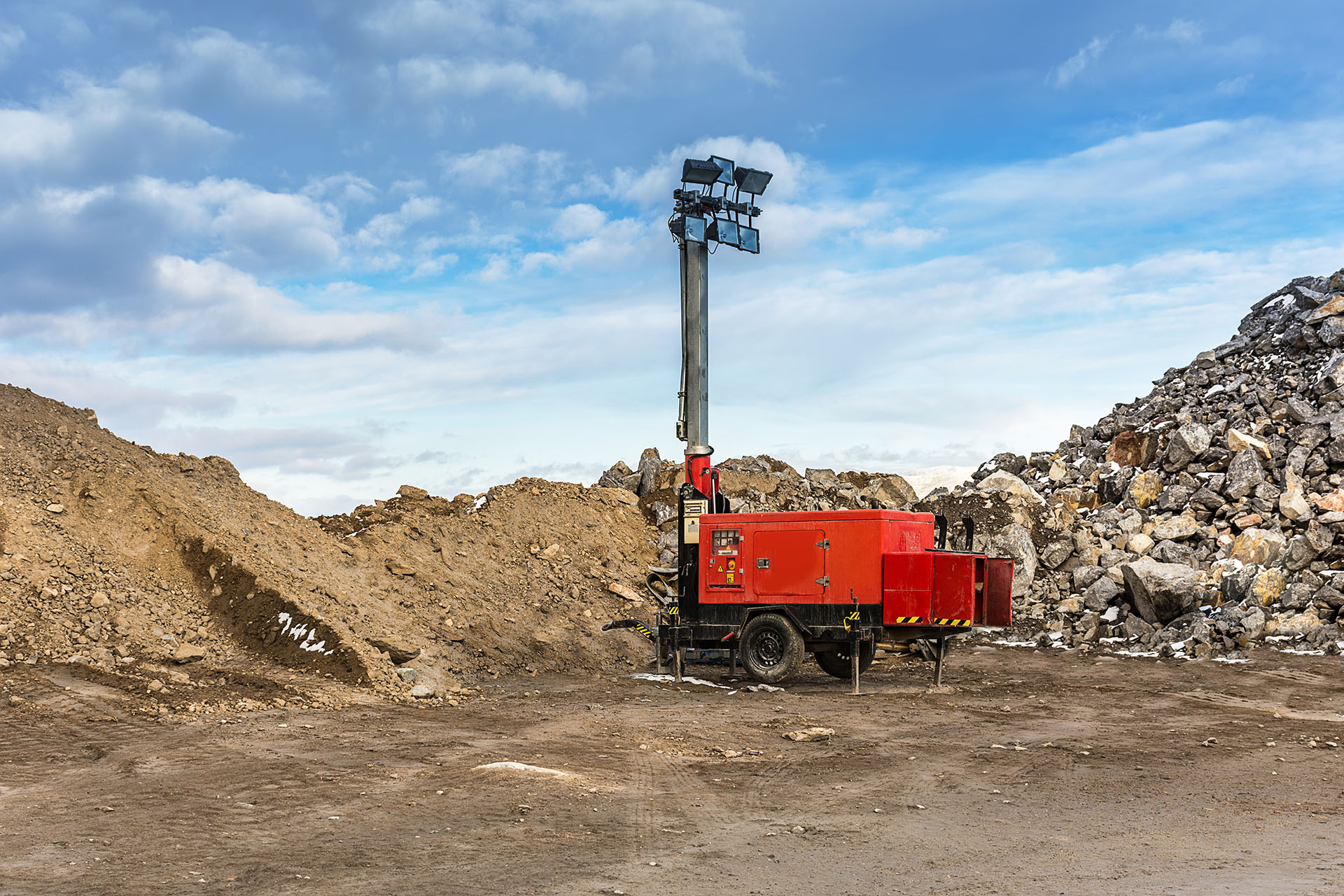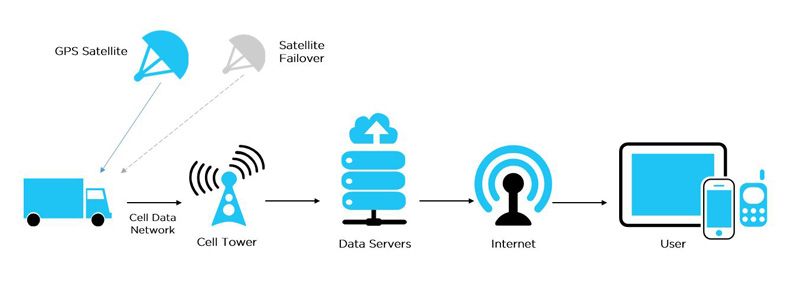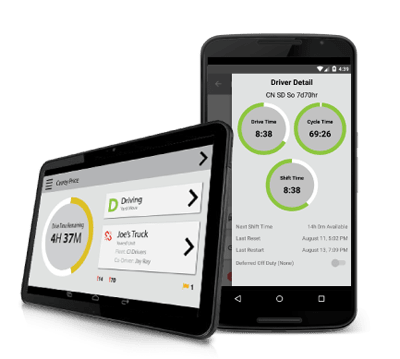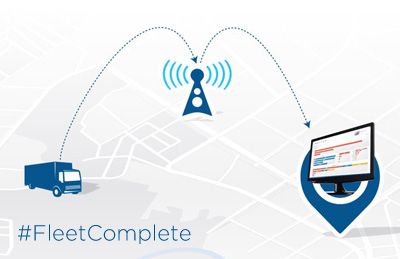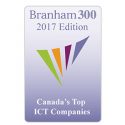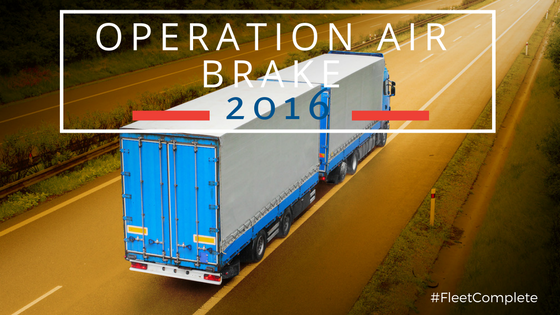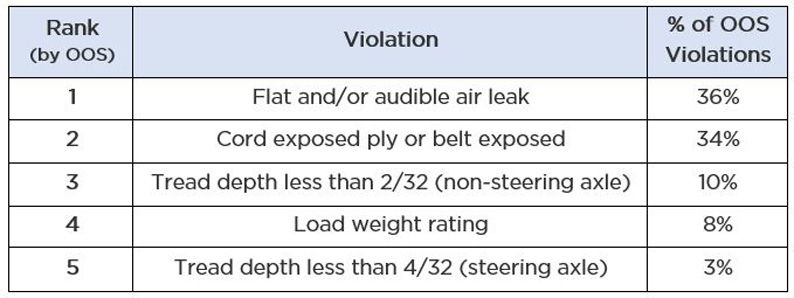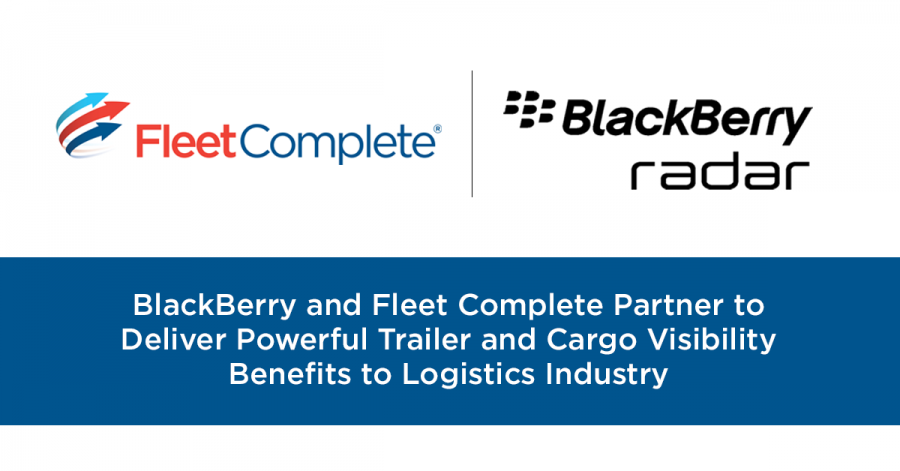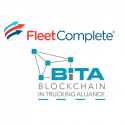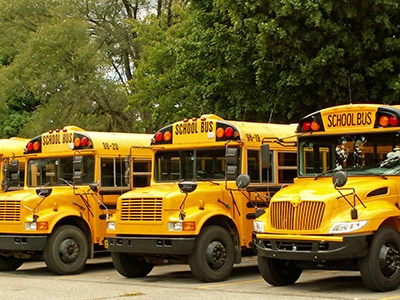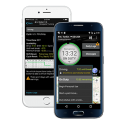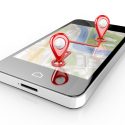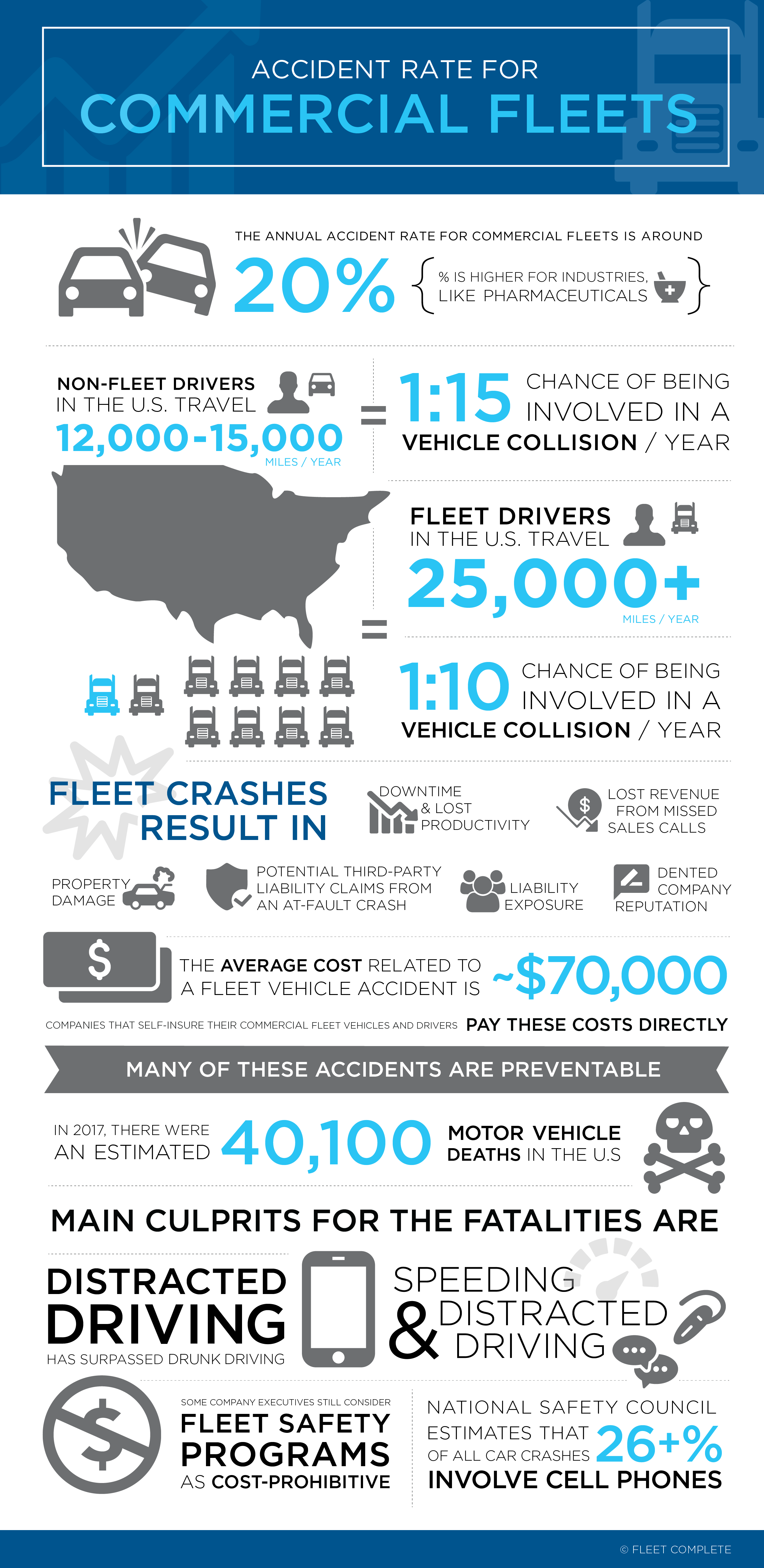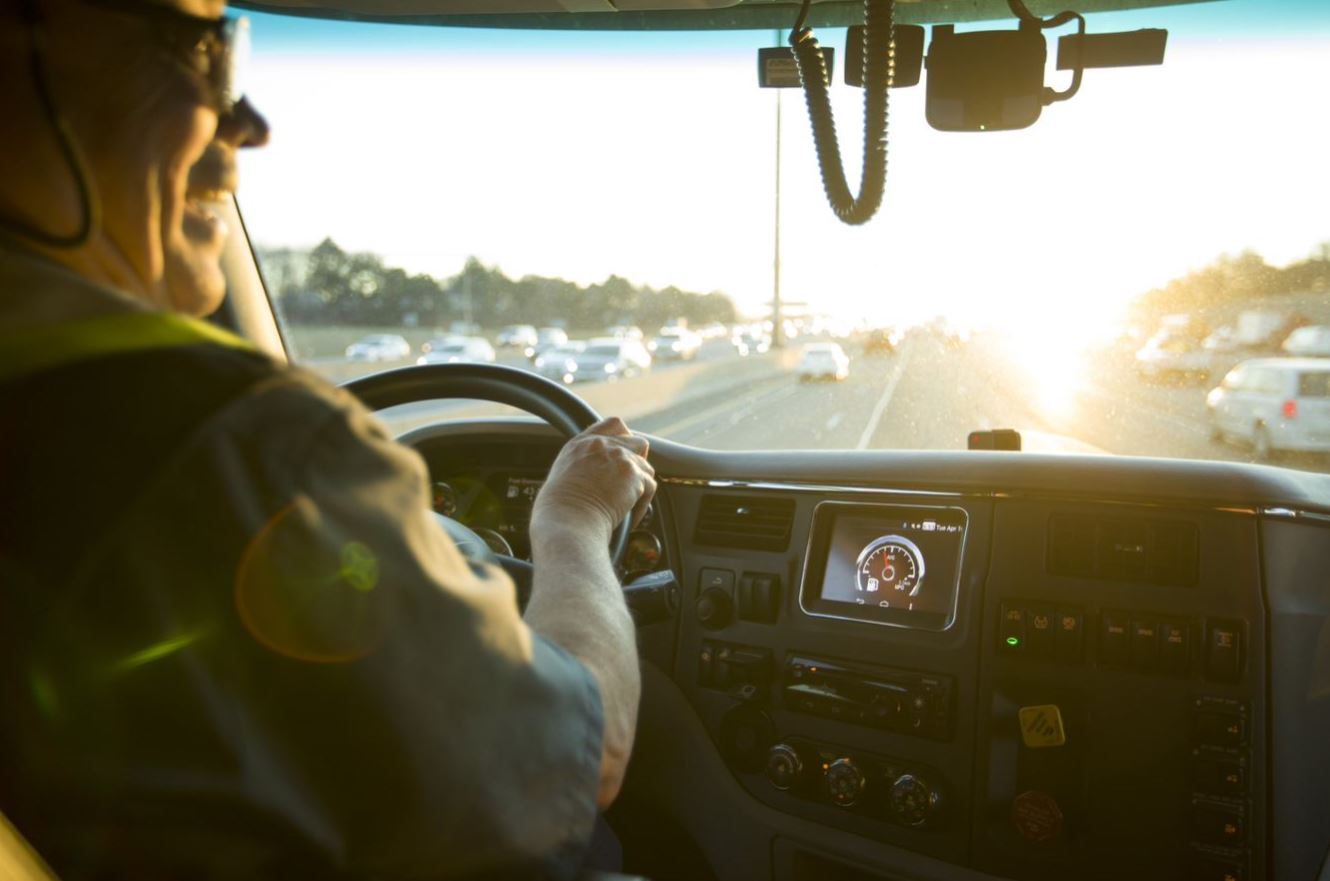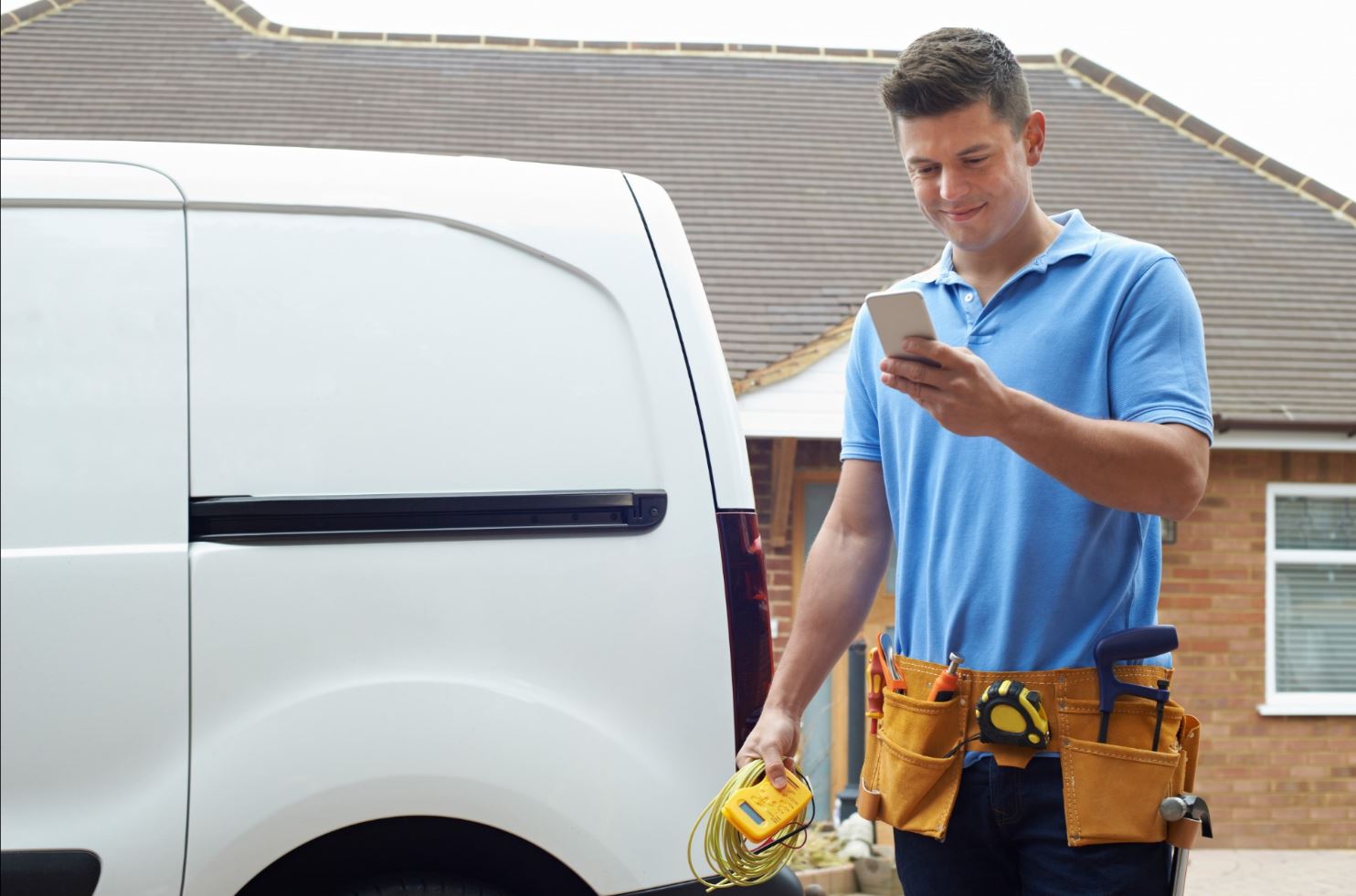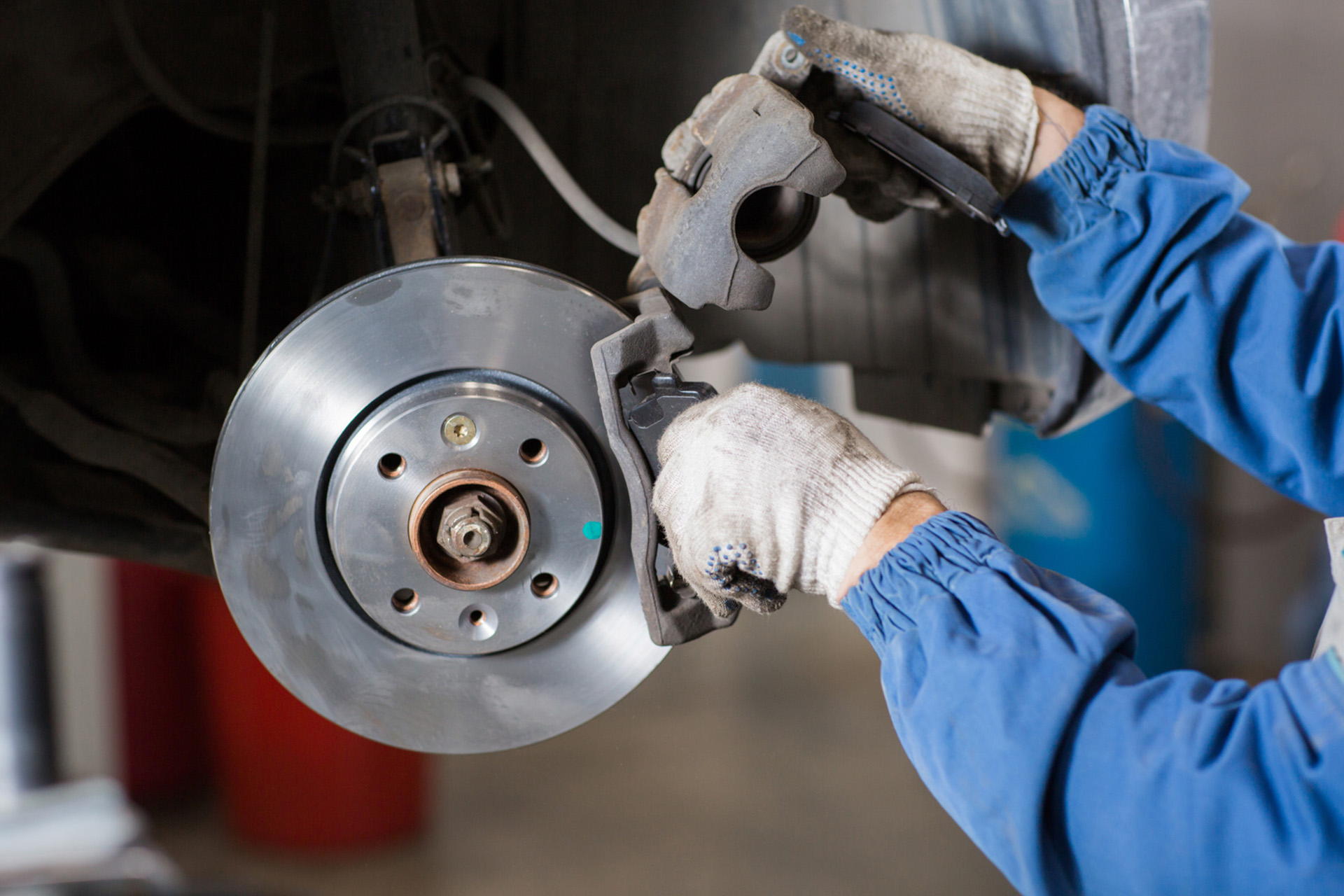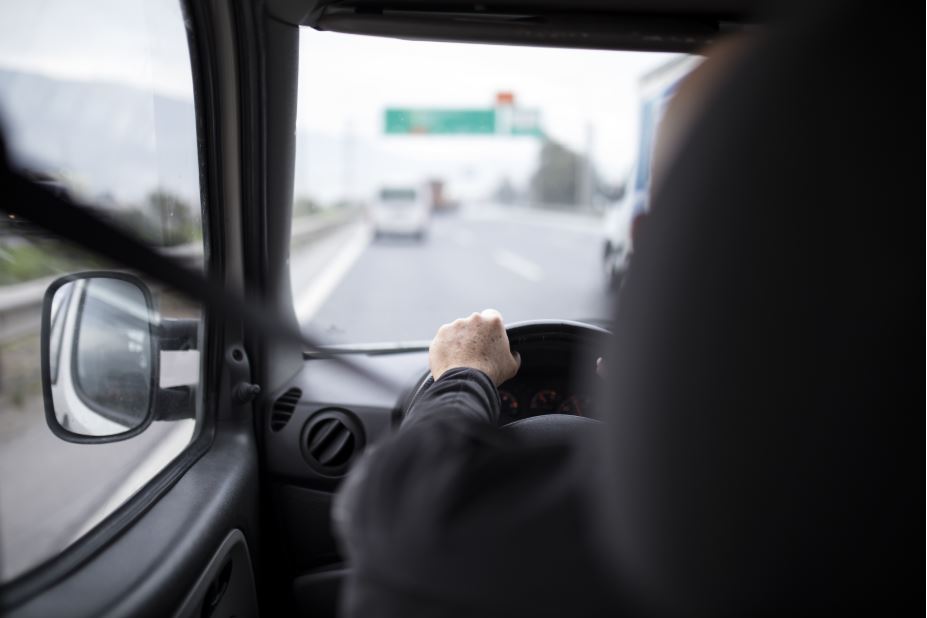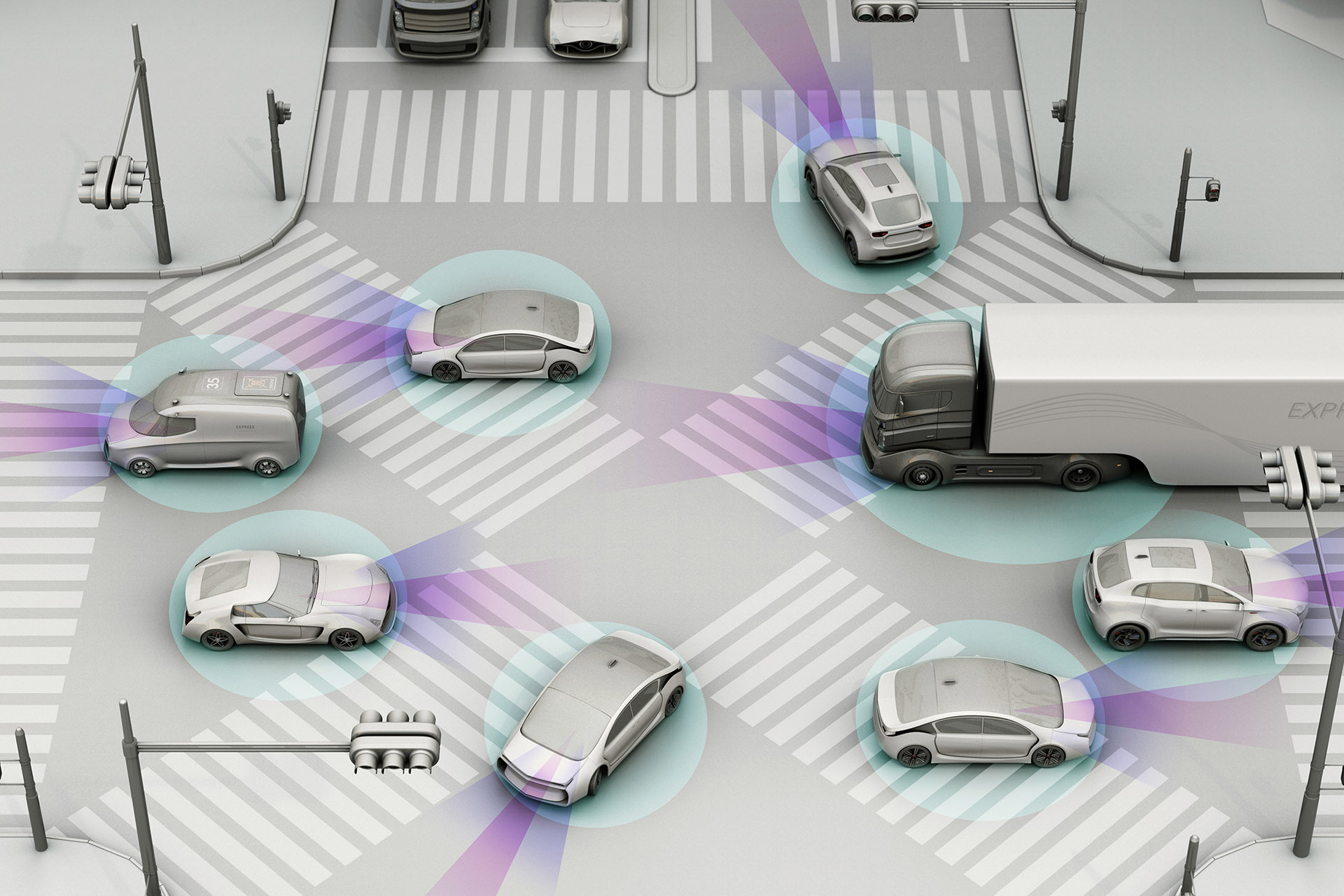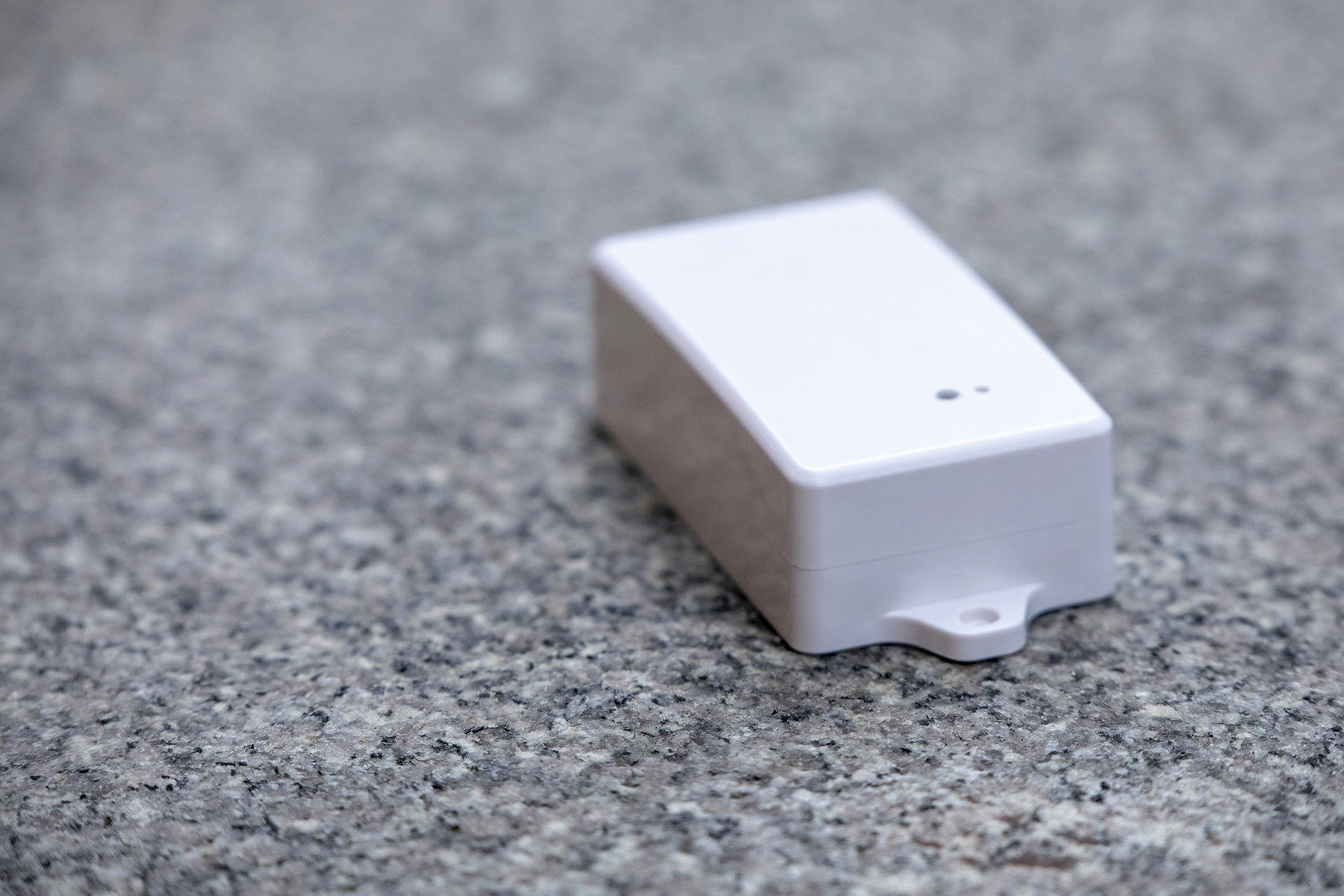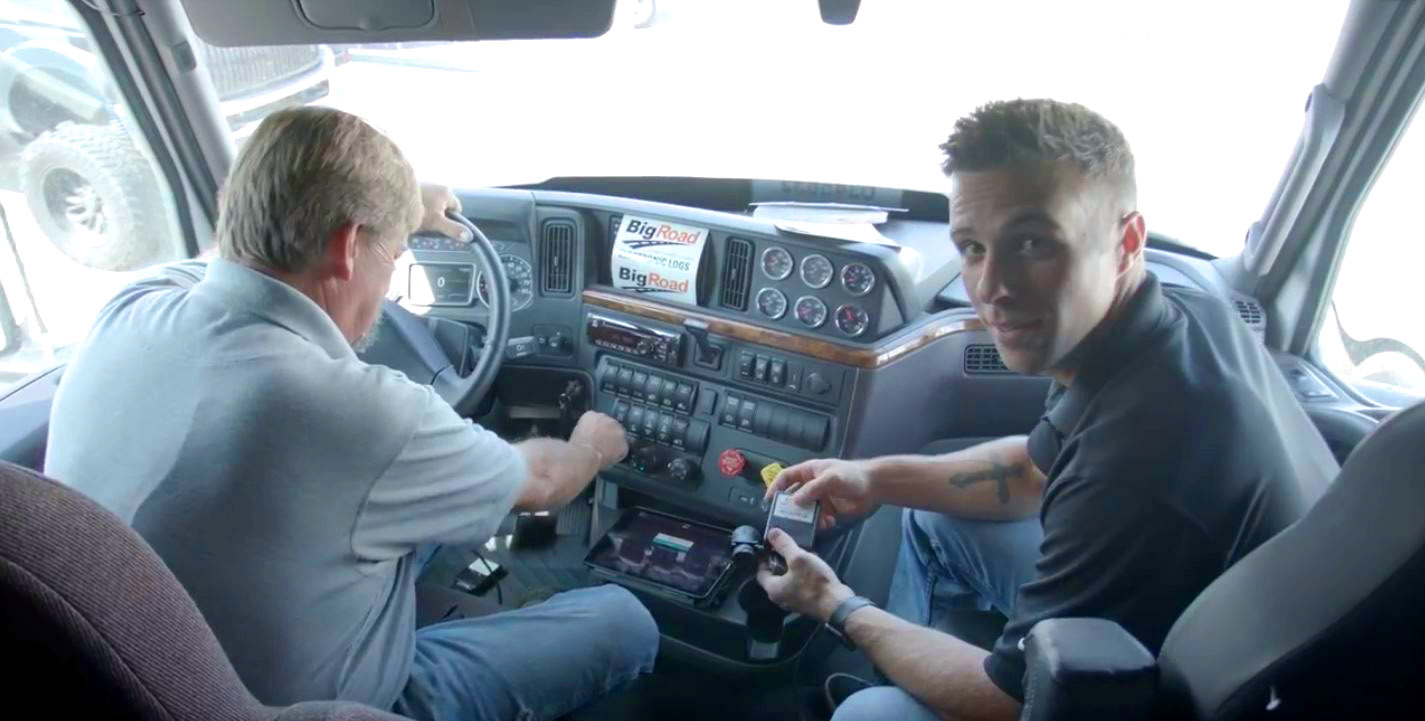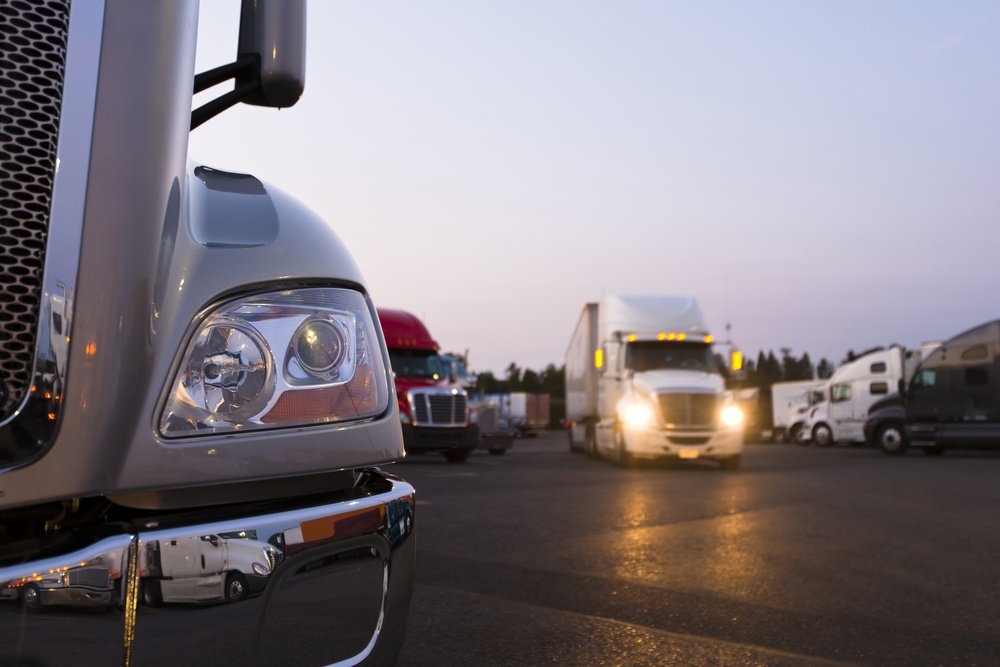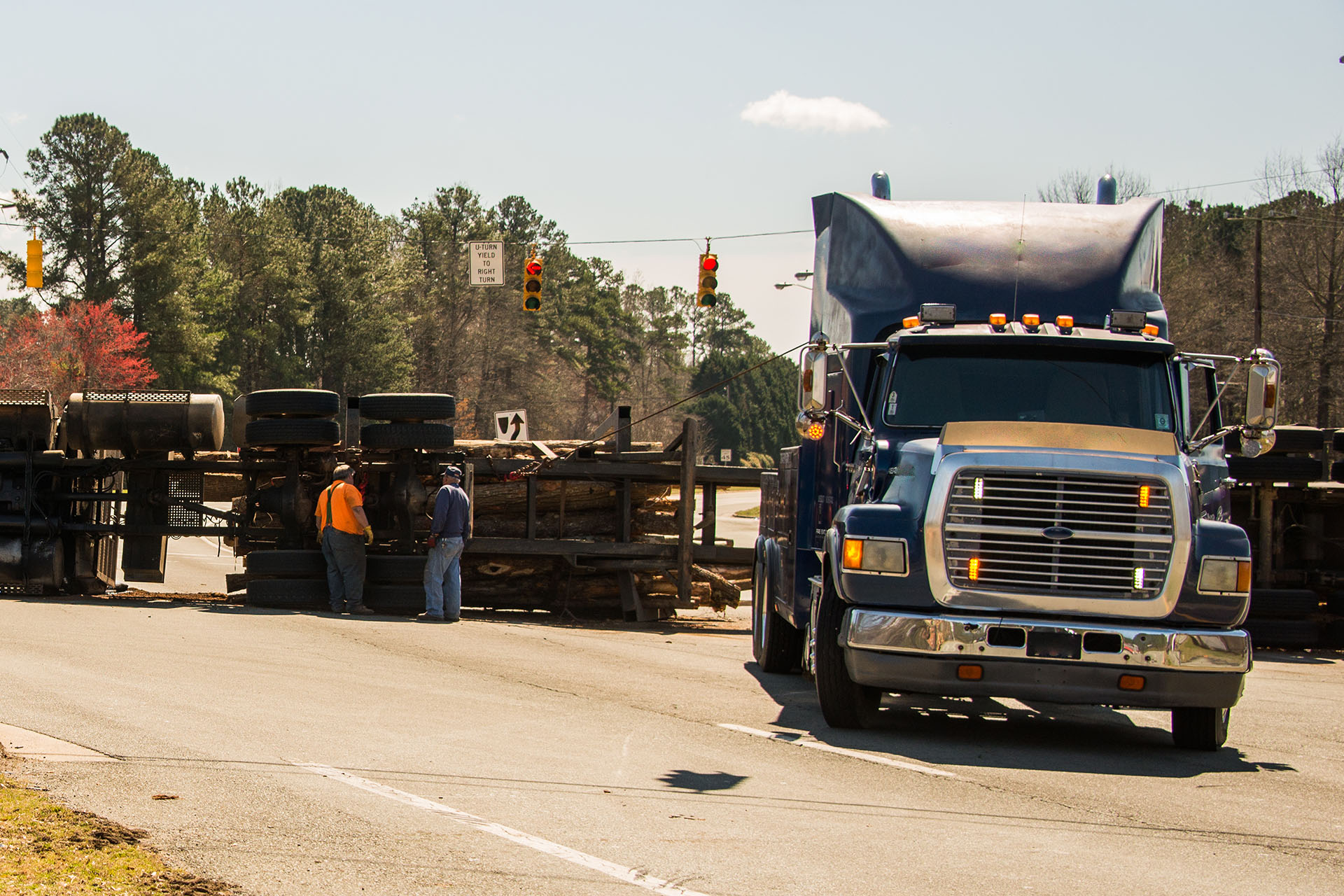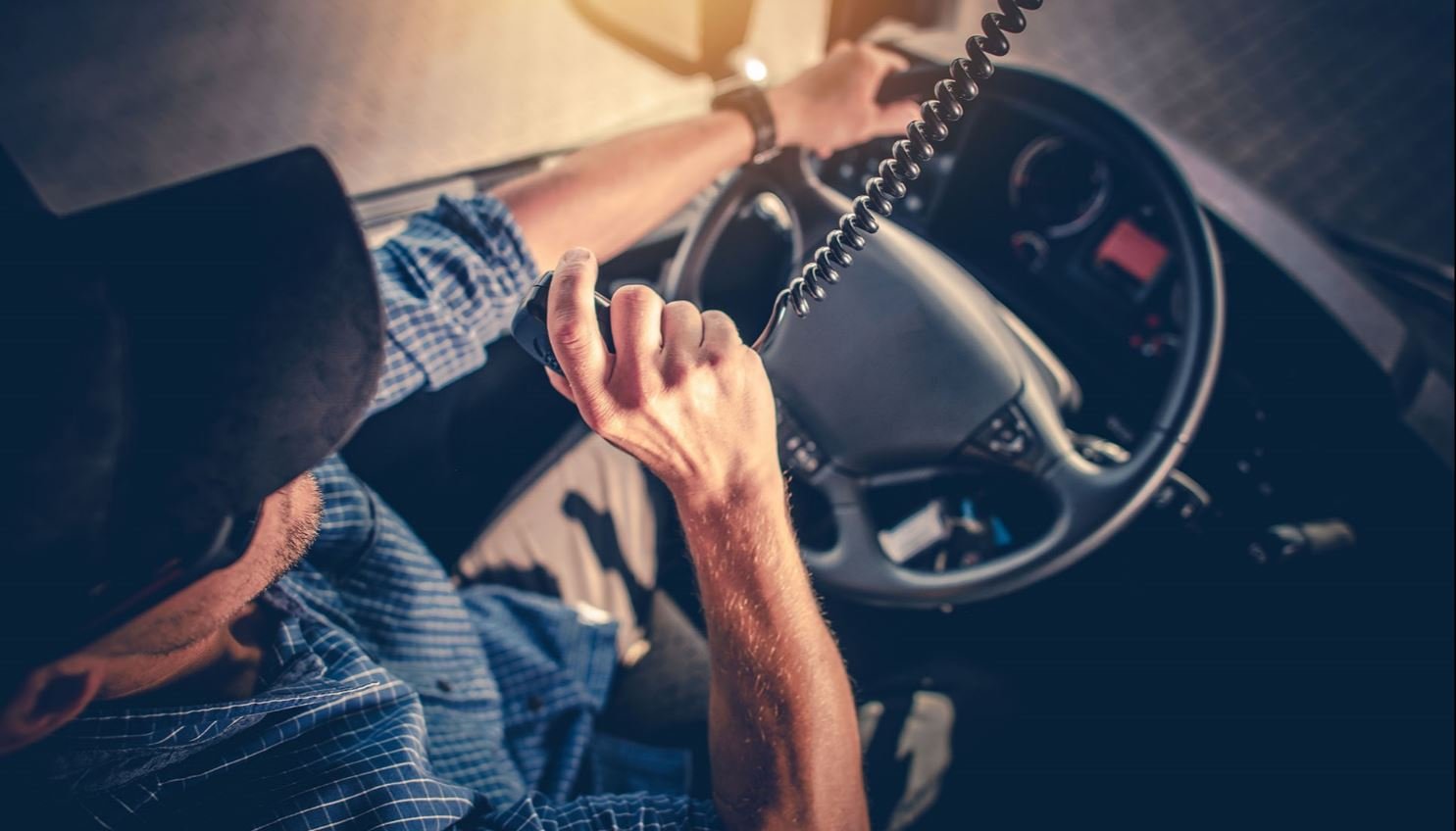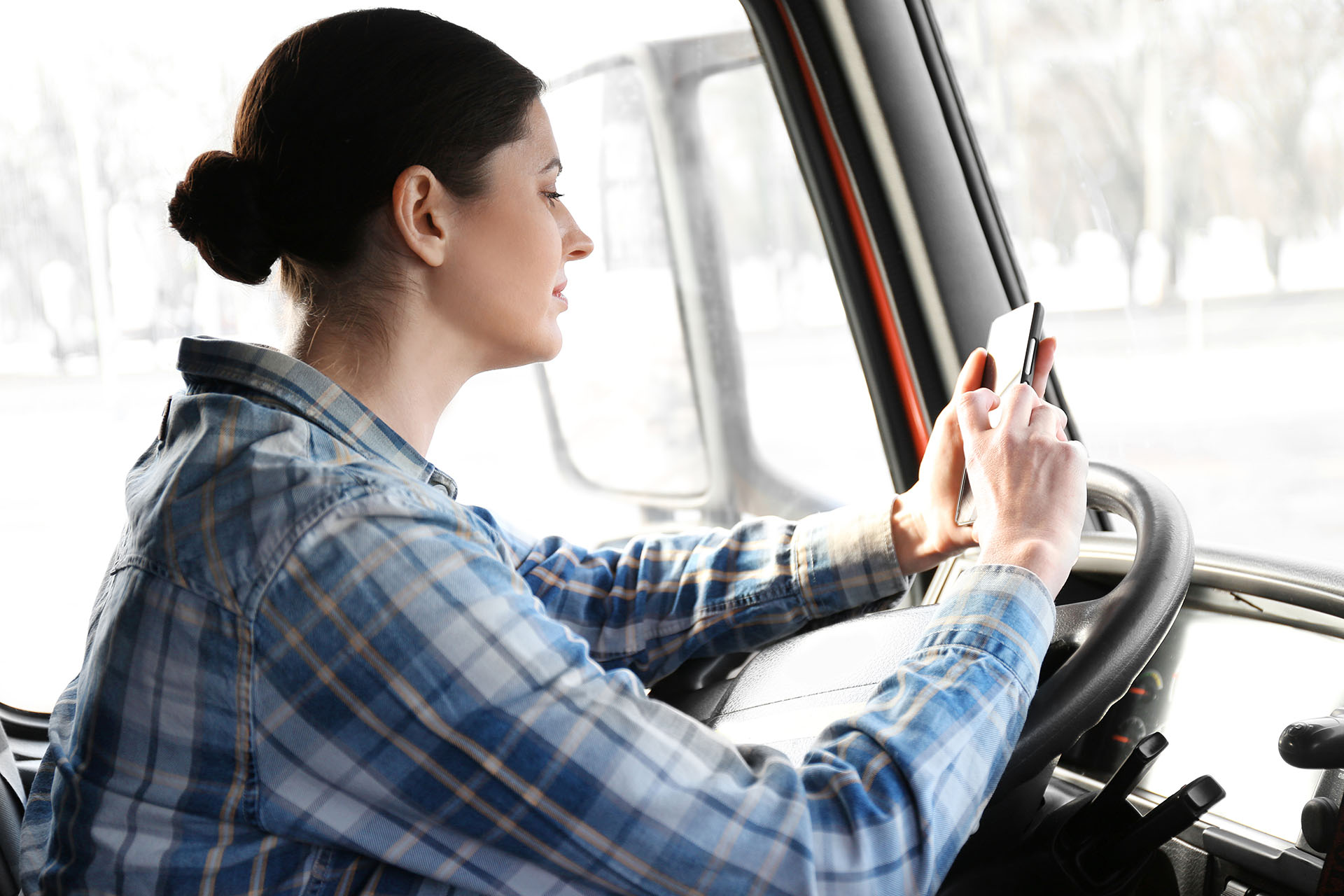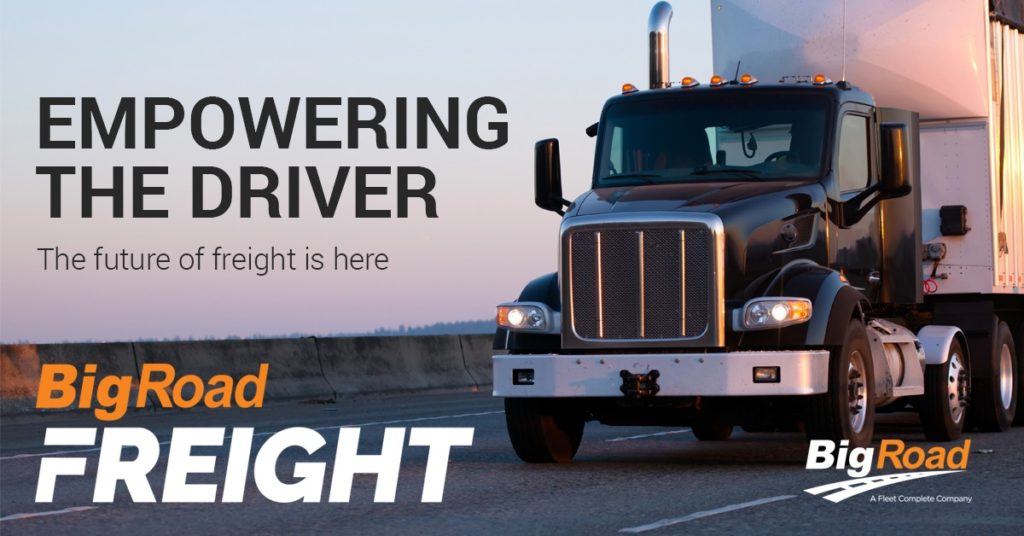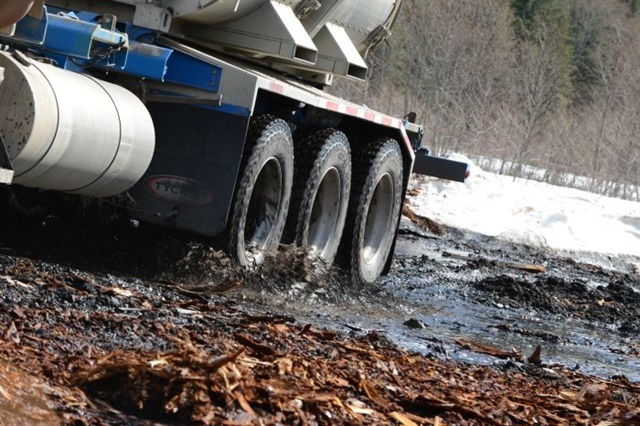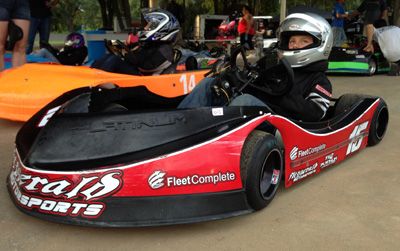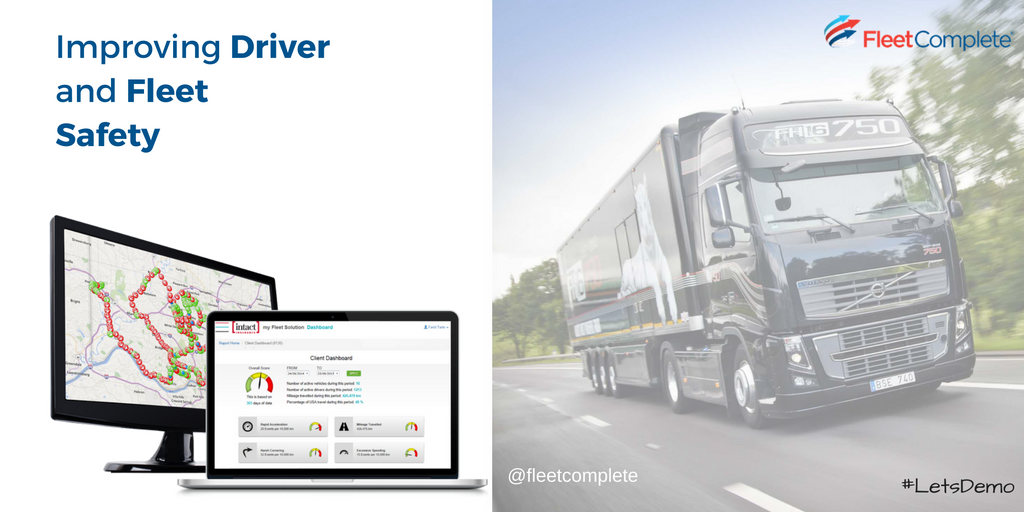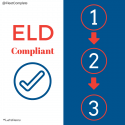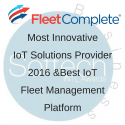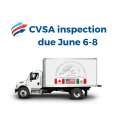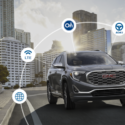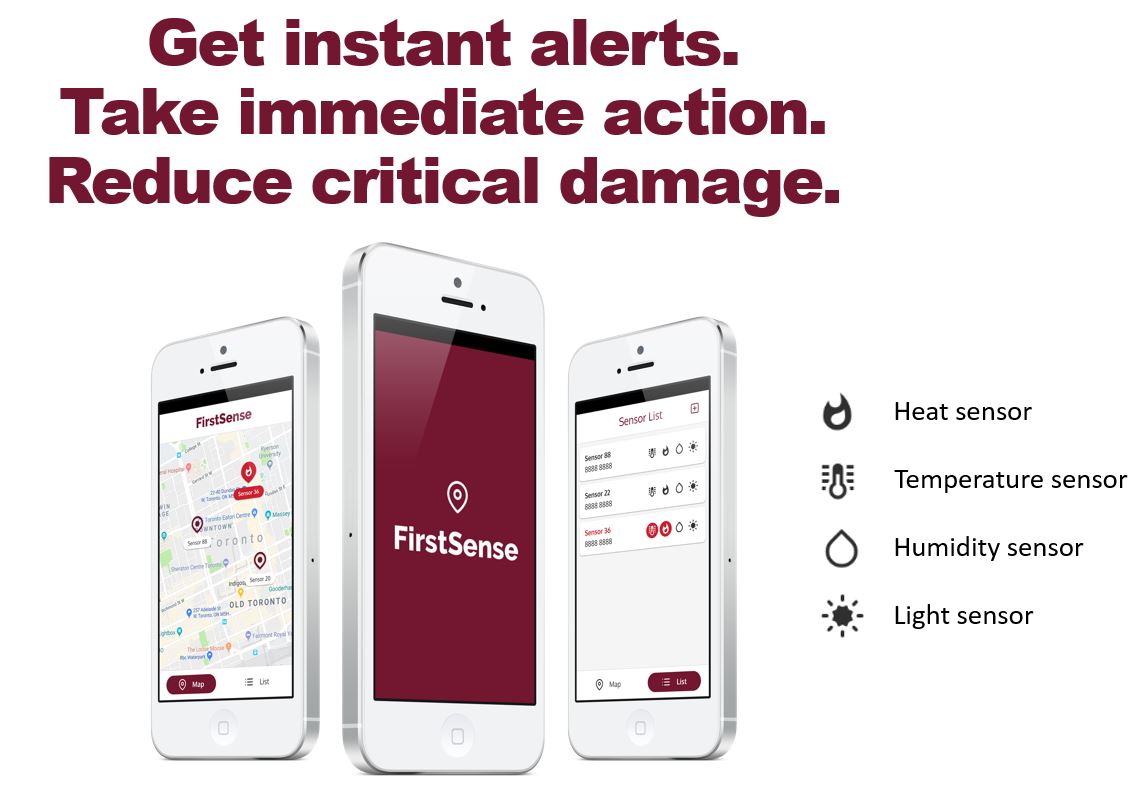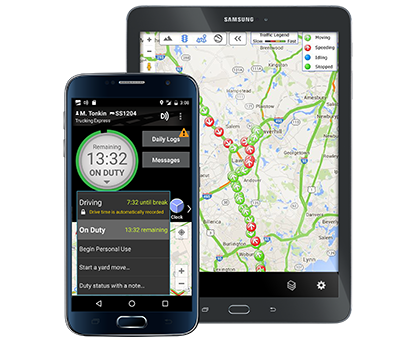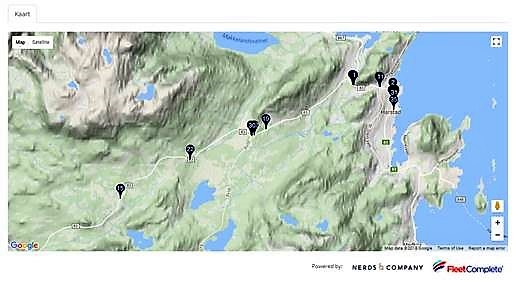Welcome to the recap of the Powerfleet (formerly Fleet Complete) Webinar – Transitioning from AOBRDs to ELDs.
The ELD mandate has officially come into effect on December 18, 2017. If you have purchased, installed, and used your devices prior to this date you are running them as AOBRDs and you can legally continue to do so until December 16, 2019, when you will be required to officially switch to ELDs. You can switch your devices to ELDs sooner, the decision is completely up to you. All it takes is a simple software upgrade, but we recommend you run your devices as AOBRD for as long as possible.
Key webinar takeaways:
- What are the main differences between AOBRDs and ELDs.
- Why you might want to run your AOBRD devices for a little while longer.
- Real-life examples of AOBRD daily log compared to ELD.
- What are the specific materials the FMCSA requires you to have access to in your vehicle and where you can access them.
- Questions & Answers session with an industry expert Marc Moncion.
Click the image below to watch the webinar recording.
Below you can find a list of questions asked during the webinar and Marc’s answers to them.
Q. Are the AOBRD/ELD laminated cards required to be in the vehicle?
A. No. Guidance from Federal Motor Carrier Safety Administration is that the user’s manual, instruction sheet, and malfunction instruction sheet can be in electronic form. This is in accordance with the federal register titled “Regulatory Guidance Concerning Electronic Signatures and Documents” (76 FR 411).
Q. How to fix violation on Powerfleet (formerly Fleet Complete) device?
A. You need to be more specific with your question. What type of violation are we talking about? Are you referring to AOBRD device or ELD device?
With an AOBRD, there is a lot more flexibility to edit logs than there is with an ELD. With either device application, drive time is one of those things that cannot be changed, except for very limited scenario that I will explain below.
With an AOBRD, you cannot edit drive time unless the driving was an error. With an AOBRD, you can still edit your vehicle location. You can also change an event, so you can adjust your duty status from on-duty to off, or from on-duty driving to personal conveyance or yard move.
With an ELD, you cannot edit it at all unless you are in a co-driver relationship and the drive time actually belongs to your co-driver. With an ELD, you cannot change anything that has been automatically recorded. From the web application, there are a few very limited edits that you or an administrator will be able to make. Any edits made must be annotated, and this note will be displayed to an inspecting officer as well.
For example, you can change your status from “off-duty” to “on-duty not driving” with a note that explains that you “logged training time incorrectly as off-duty”. The edit and annotation needs to be verified and approved by the driver inside of the mobile app. Under EL, the edit is not accepted until your driver confirms or rejects it from the mobile application and resubmits the record of duty status. Other than those limited edits you are able to make, once an event has been recorded it is essentially set in stone.
Q. We installed our devices last month and signed up drivers last week. How do I know if we are running AOBRD or ELD?
A. If you have installed and used your device before December 18, 2017 – they are AOBRDs. You can keep using them as AOBRDs until December 16, 2019, before you are required to switch to ELDs. I recommend that you keep running AOBRDs in your vehicles for as long as possible.
On the other hand, if you have not installed and used your device or you purchased your device after December 17, 2017 – they are ELDs.
Q. If you only have one vehicle, do you need ELD?
A. The first order of business is to determine whether vehicles that are being operated are commercial motor vehicles.
Commercial motor vehicle (CMV) means a motor vehicle or combination of motor vehicles used in commerce to transport passengers or property if the motor vehicle is a—
- Combination Vehicle (Group A)—having a gross combination weight rating or gross combination weight of 11,794 kilograms or more (26,001 pounds or more), whichever is greater, inclusive of a towed unit(s) with a gross vehicle weight rating or gross vehicle weight of more than 4,536 kilograms (10,000 pounds), whichever is greater; or
- Heavy Straight Vehicle (Group B)—having a gross vehicle weight rating or gross vehicle weight of 11,794 or more kilograms (26,001 pounds or more), whichever is greater; or
- Small Vehicle (Group C) that does not meet Group A or B requirements but that either—
- Is designed to transport 16 or more passengers, including the driver; or
- Is of any size and is used in the transportation of hazardous materials as defined in this section.
If the vehicles meet the definition of a commercial motor vehicle, then a motor carrier can either use paper logs, an electronic system to capture hours of service, and AOBRD compliant device or an ELD device.
There are additional exceptions to the regulations that are afforded to different types of operations. I have taken the liberty of creating a table that explains all of the different scenarios that create exceptions for the hours of service regulations in the United States. It is attached for your convenience.
Finally, once the ELD room making is in place after December 18, 2017, the following operators of commercial motor vehicles will remain exempt from the ELD room making, but will still have to complete paper logs in compliance with the hours of service regulations.
- Drivers using paper RODS no more than 8 days out of every 30-day period.
- Driveaway-towaway drivers who transport empty vehicles intended for sale,
lease, or repair, as long as the vehicle they are driving is part of the shipment. - Drivers of vehicles manufactured before the model year 2000.
Q. How do we know whether we are currently running AOBRD or ELD? Can we see which we are running using Big Road?
If you have installed and used your device before December 18, 2017 – they are AOBRDs. You can keep using them as AOBRDs until December 16, 2019, before you are required to switch to ELDs. I recommend that you keep running AOBRDs in your vehicles for as long as possible.
On the other hand, if you have not installed and used your device or you purchased your device after December 17, 2017 – they are ELDs.If you have AOBRDs and want to transition to ELDs, follow this guide to turn on ELD functionality on a vehicle-by-vehicle basis.











